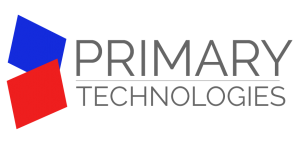iPhone 11 vs iPhone 11 Pro: which one is best for you?
Original Source: https://www.creativebloq.com/features/iphone-11-vs-iphone-11-pro
Which is the best buy, iPhone 11, iPhone 11 Pro or the big Pro Max?
This author has not written his bio yet.
But we are proud to say that admin contributed 3956 entries already.
Original Source: https://www.creativebloq.com/features/iphone-11-vs-iphone-11-pro
Which is the best buy, iPhone 11, iPhone 11 Pro or the big Pro Max?
Original Source: https://tympanus.net/codrops/collective/collective-702/

Inspirational Website of the Week: Jantana Hennard
Smooth and minimal with lovely typography and some playful details. Our pick this week.
Get inspired

This content is sponsored via BuySellAds
Put the “Flow” in Your Workflows with Shortcut
Shortcut helps streamline and evolve your workflows so you can plan, collaborate, ship, and measure success all from one place.
Try it free

WebGPU — All of the cores, none of the canvas
An in-depth exploration by Surma where he shares what he learned while wrapping his head around GPUs and WebGPU, the upcoming Web API that gives you low-level, general-purpose access GPUs.
Read it

Say Hello to selectmenu, a Fully Style-able select Element
Patrick Brosset introduces a new, experimental form control called selectmenu and shows how much easier it is to style than a traditional <select> element.
Check it out

Taming CSS Variables with Web Inspector
Over the past few releases, Web Inspector in Safari Technology Preview has introduced some features to help you when working on projects that use large numbers of CSS variables.
Read it

Type Trends 2022
Check out the latest type trends to see what’s new and exciting in the world of design, branding, and type design.
Check it out

The Micro-Frontends future
Luca Mezzalira looks at where the micro-frontends journey has arrived so far and analyzes the different challenges where teams are struggling.
Read it

Css Checker
Css-checker checks your CSS styles for duplication and finds the diff among CSS classes with high similarity in seconds.
Check it out

Booqsi
A modern social platform for the book community and an Amazon-free alternative to Goodreads.
Check it out

Wik
Use wik to get information about anything on the shell using Wikipedia.
Check it out

Solid.js feels like what I always wanted React to be
Nick Scialli is sold on Solid and explains why it “feels like it uses a lot of the ergonomic parts of React while minimizing confusion and errors”.
Read it

Progressive Enhancement, the New Hotness
Chris Ferdinandi reminds what Progressive Enhancement is and why it is important.
Read it

10 Useful CSS Tricks for Front-end Developers
CSS is becoming more capable of handling dynamic design features that were often achieved through JavaScript. Learn some creative CSS tricks that are a prime example of that in this article by Alex Ivanovs.
Read it

How Does Perspective Work in Pictures?
A super interesting article by Aaron Hertzmann on how perspective works in pictures and how photography isn’t all-seeing in the sense that the eyes see.
Read it

TextFrame
TextFrame lets you create animated tutorials for your users so they can get the help they need.
Check it out

Open Source Color System
An Open Source Color System for Complex Digital Interfaces with Carefully picked colors to match with your interfaces challenges.
Check it out

A Reason to Self-Host Fonts
Michelle Barker explains how third-party CDN hosted fonts can simply change without you knowing and how that is one more argument in favor of self-hosting them for better control.
Read it

Ken Kaneki (Pure CSS)
Beautiful pure CSS art made by Ronnie Lee.
Check it out

How to design better APIs
15 language-agnostic, actionable tips on REST API design by Ronald Blüthl.
Read it

From Our Blog
Creating Native Web Components
Learn how to create native web components with the Minze JavaScript framework.
Check it out

From Our Blog
UI Interactions & Animations Roundup #22
The latest motion design concepts and web animation inspiration from the past couple of weeks.
Check it out

From Our Blog
Creating a Risograph Grain Light Effect in Three.js
Learn two ways of applying a creative grain effect to 3D elements in Three.js.
Check it out

From Our Blog
Sketch 010: Image Motion Trail (Perspective)
One of our latest sketches: An image motion trail effect with various layers that follow the mouse.
Check it out
The post Collective #702 appeared first on Codrops.
Original Source: https://www.creativebloq.com/reviews/cricut-maker
The original Cricut Maker is the cutting machine that made crafting approachable. It can cut almost any material but is it still worth the money?
Original Source: https://www.webdesignerdepot.com/2022/03/using-micro-interactions-to-drive-ux/
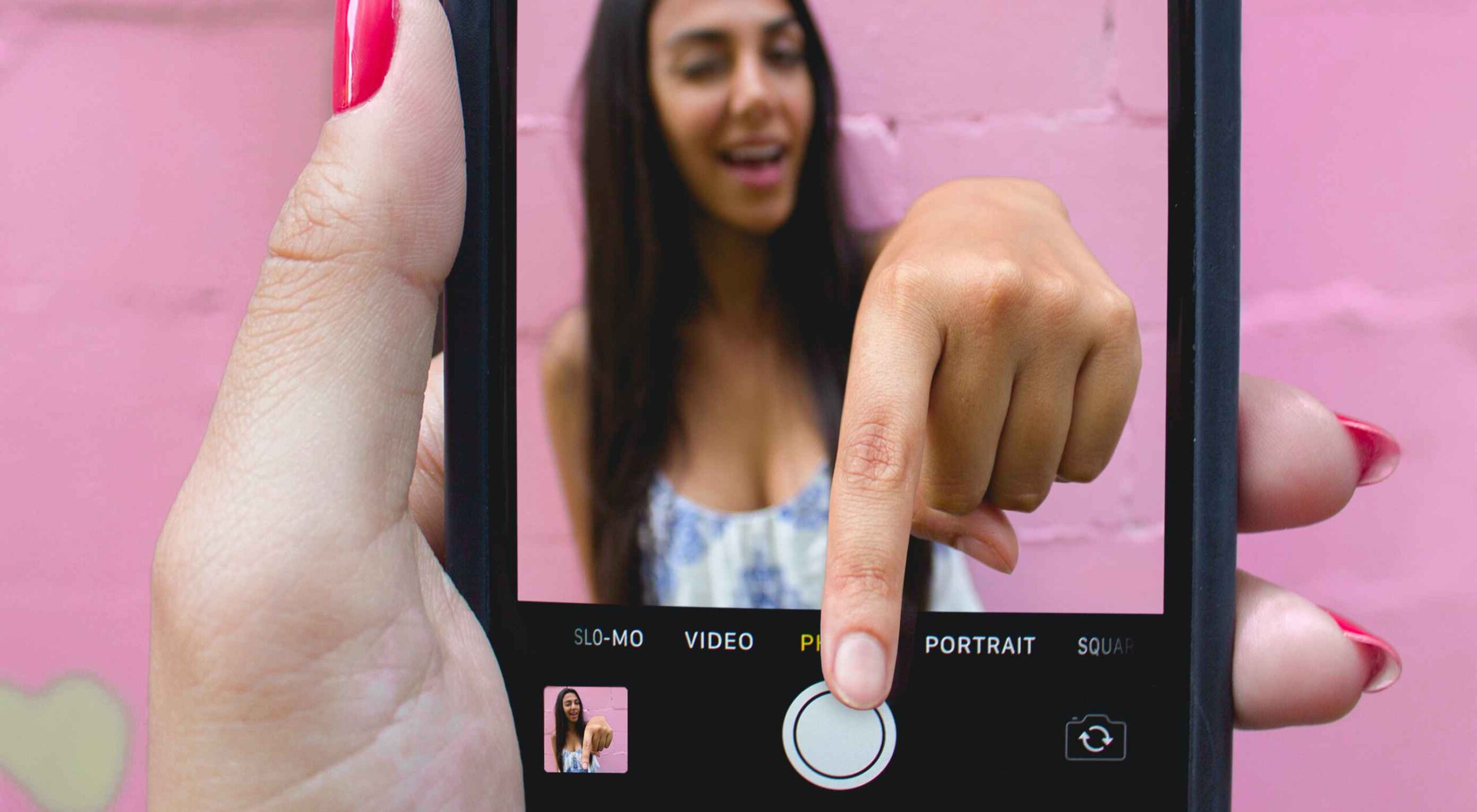 Micro-interactions effectively communicate brand identity and ethos while strengthening ties with the customer. These habit-forming tools make for a fun and seamless user experience. Facebook’s ‘likes’ and Tinder’s ‘swipes’ are two classic examples.
Micro-interactions effectively communicate brand identity and ethos while strengthening ties with the customer. These habit-forming tools make for a fun and seamless user experience. Facebook’s ‘likes’ and Tinder’s ‘swipes’ are two classic examples.
Micro-interactions originated with the need to guide customers who had hit a snag while using a service or a product. The goal was to ease customers into being more product-savvy via subtle reassurance and feedback. Micro-interactions are now employed by everything from washing machines, to coffee makers.
Along with feedback, prompts, and recommendations, they can also present customers with an appealing visual reward upon finishing a task. When used optimally, micro-interactions drastically enhance the navigation and simplify how users interact with sites and apps.
How Micro-Interactions Work
Here are the four structural elements to a simple micro-interaction: triggers, rules, feedback, and loops. Every micro-interaction has a significant component to organize the operational cycle. It lets you control feedback and runs, so the users understand the consequences of their performance and feel motivated to follow through.
Triggers
This feature begins micro-interactions of both the user-initiated (prompted by user) and system-initiated (driven by the system) kind. For example, a click, scroll, swipe, tap, and pull are common triggers that users carry out. So making a payment, booking a cab, and clicking or tapping on the hamburger menu all fall under this category. On the flip side, the user’s alert prompt upon entering a wrong password is a classic system-generated trigger.
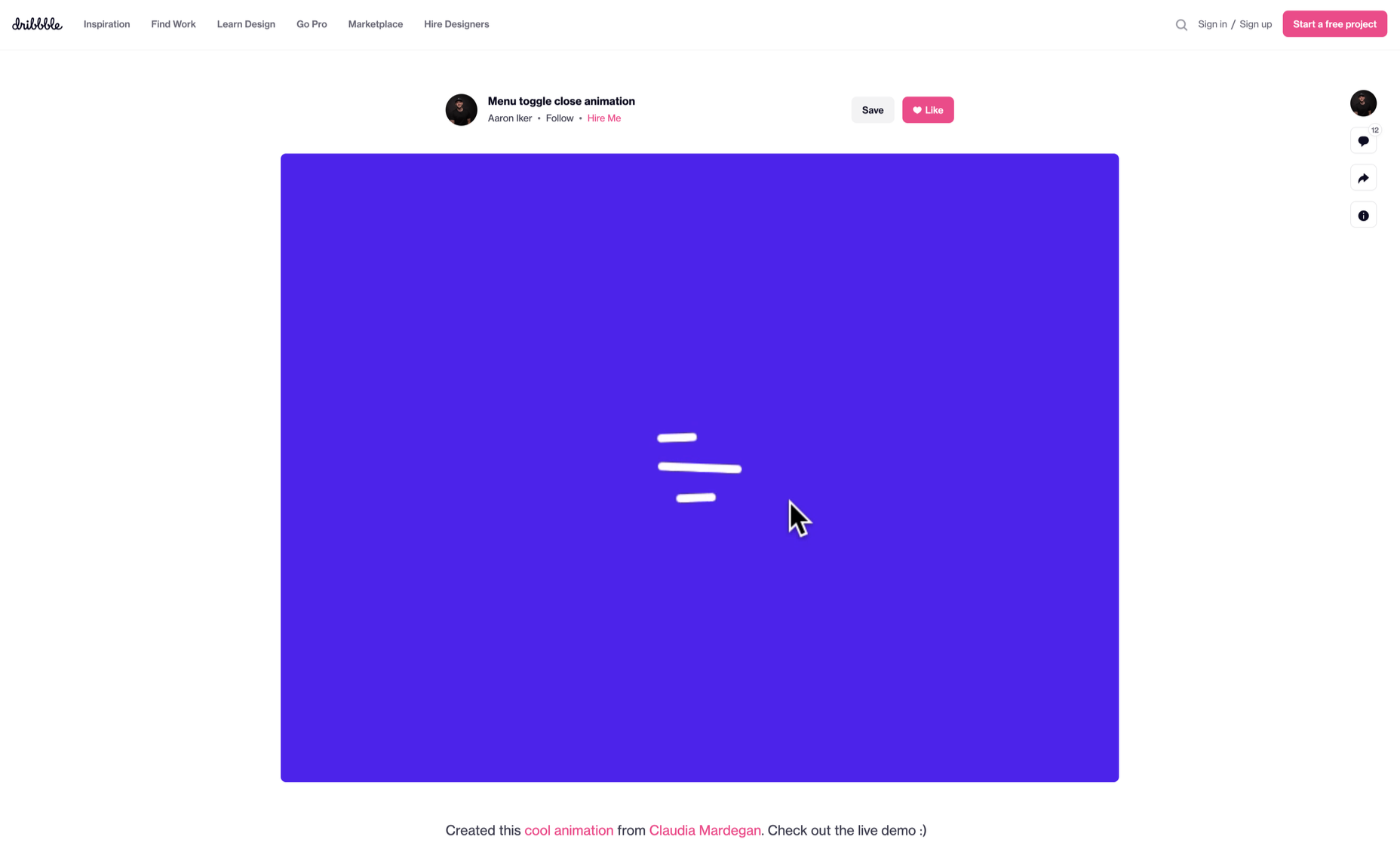
Rules
This element determines what happens after the user sets a prompt into motion via tapping, clicking, scrolling, or swiping. Rules refer to the fact that apps decide the triggers that users employ — Tinder’s ‘swipe’ feature illustrates this point. These rules gradually become a habit-forming action that users get accustomed to while regularly engaging with an app.
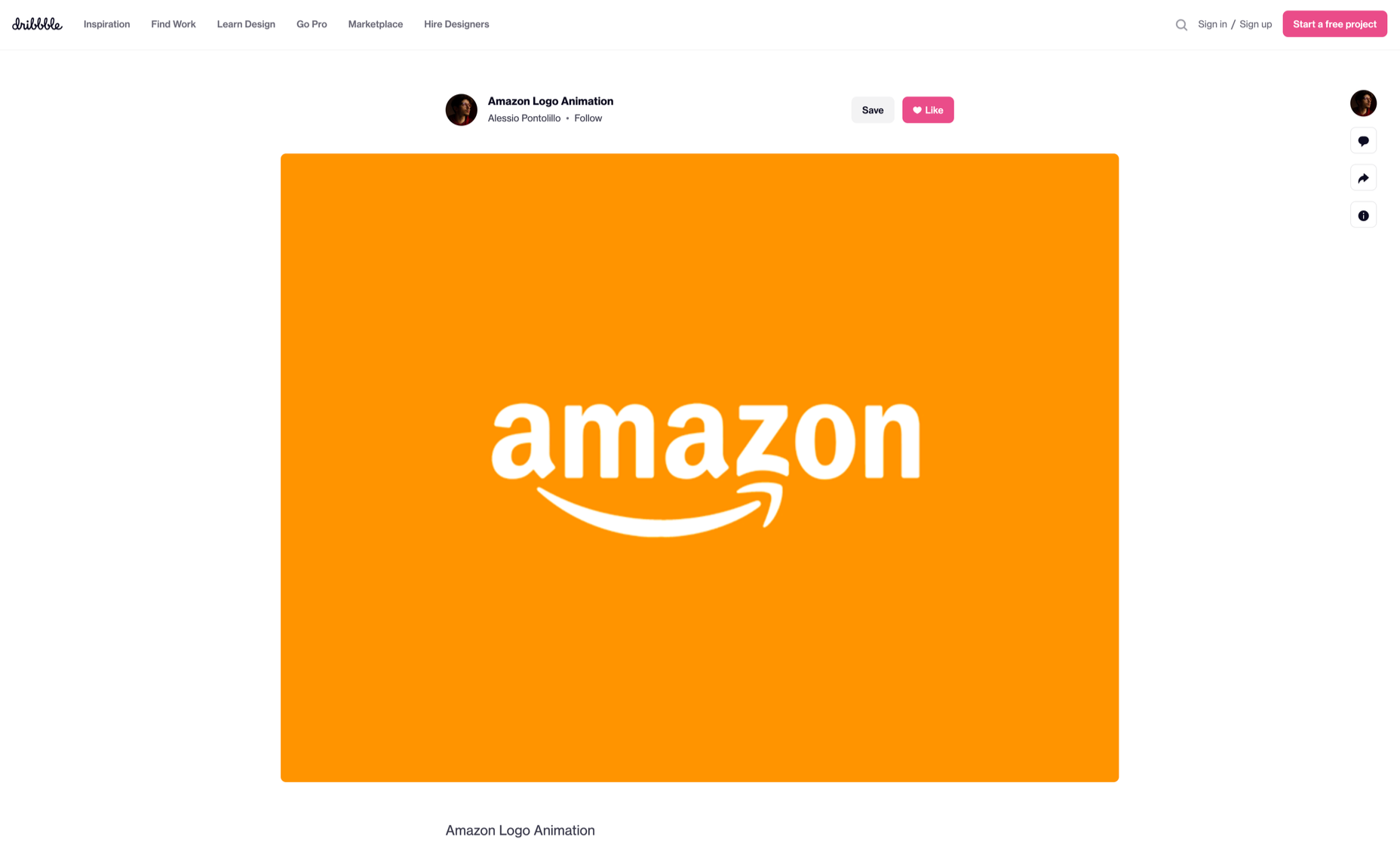
Feedback
During this process stage, the system informs the user via auditory, visual, or haptic cues. It engages the users and encourages them to proceed further in their process. For example, the progress bar of a download, the visual representation of steps cleared in a circle, or the visual, aural, and tactile indication upon the success or failure of payment are all a part of the feedback mechanism.
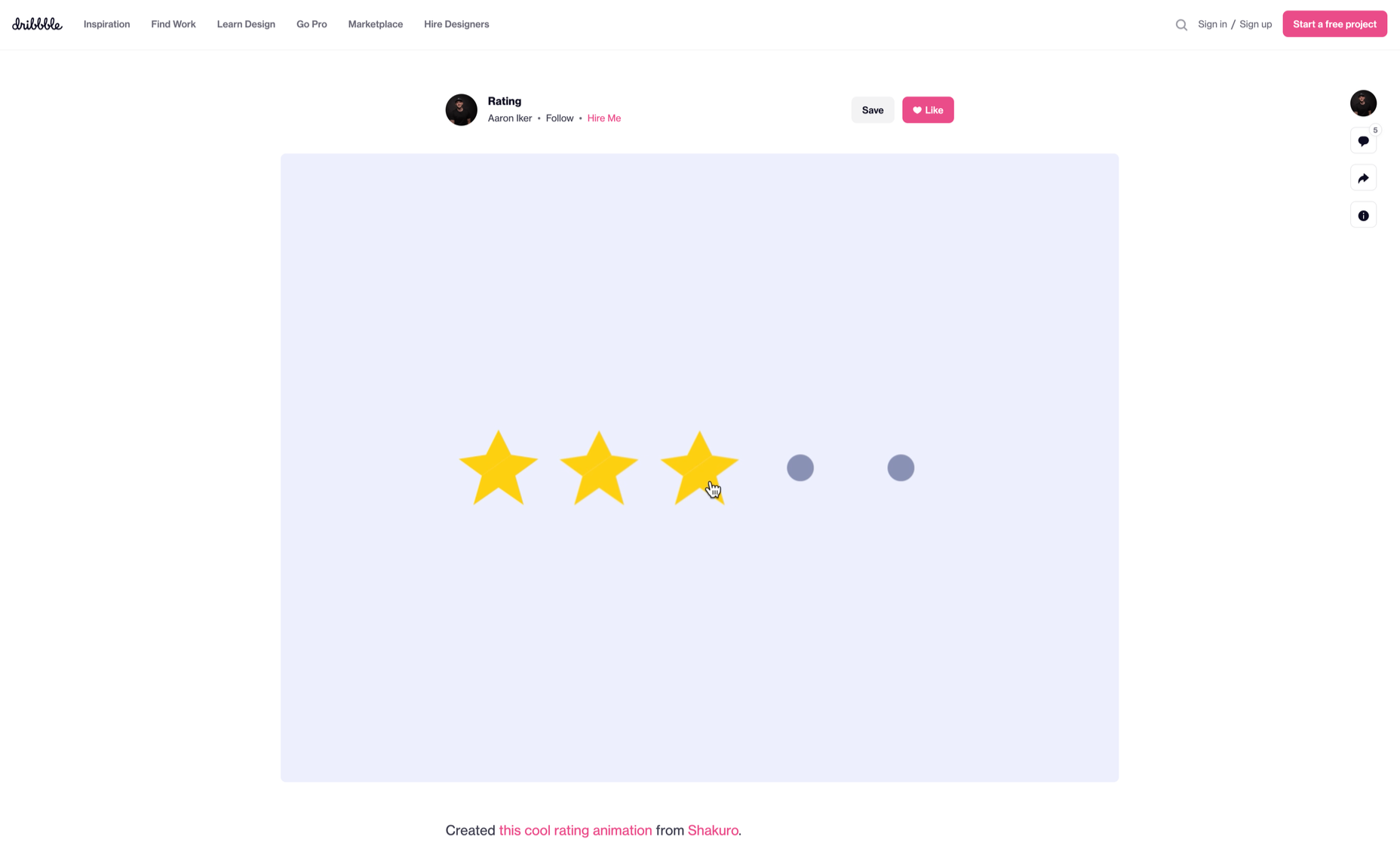
Loop/Modes
This final stage entails tiny meta-rules of the process and determines the frequency and duration. A classic example from an ecommerce app is the ‘Buy Now’ transformed to ‘Buy Another’ Before the user loses interest in the app, the app typically uses such a loop to get them to re-engage with the app.

How to Use Micro-Interactions
We’ve established that micro-interactions are fabulous, but not every UX interaction on your app or site needs one throughout the wireframe. Overusing this tool could saturate the overall creative experience your design may want to offer. Worse, it might even end up confusing the information hierarchy. It undermines the design and unbalances the user experience of discomfort and irritability. So it’s crucial to know when exactly to use them.
Let’s find out how few quick tips on micro-interactions can elevate and humanize your mobile user experience:
Swipe right or left: A signature move made entirely on swiping micro-interaction featured in the famous Tinder app. Swiping is an easier action than clicking or tapping.
Call-to-action: As part of the last step during payment or order, place a ‘Confirm Order’ or ‘Book Now’ prompt, which gives the task a sense of urgency. As a result, having acted on it feels like a minor achievement.
System status: Your app user wants to know what’s happening. System status lets them know they are moving in the right direction and helps avoid confusion. Sometimes, users even run out of patience while uploading a picture, downloading a file, or filling up the registration form.
Classic notifications: Users need a quick reminder of products selected/wishlist in their abandoned cart with a reduced attention span. A simple notification can nudge them toward finalizing the purchase.
Button animation: Animated buttons are not only cute, but they also help users navigate the mobile app swiftly. Try out attractive colors, fonts, sizes, shapes, and clipart elements corresponding to the animation and create that cool button to pop up when tapped or hovered on.
Animated text inputs: A simple process of a likable element like zooming in while entering data into a form or filling up card details for payment can enhance the user experience.
Reward an achievement: Especially true for educational and health apps, micro-interactions celebrating big and small milestones with a badge or a compliment of encouragement can strengthen a user’s engagement with the app.
Benefits of Micro-Interactions
Brand communication: A successful brand ensures that the transmission to the buyer is engaging, positive, and hassle-free. When micro-interactions show a process status clearly, it creates and reinforces a positive image for your brand.
Higher user engagement: Experts say micro-interactions engage users better. These tiny elements subconsciously create the urge to keep interacting with your app. For example, each push or nudge notification acts toward redirecting your customers back to your app.
Enhanced user experience: From shopping to banking to traveling to learning to staying healthy, there’s an app for everything. A wide range of activities elevates the overall user experience and stays ahead in the game. Micro-interactions can work that magic for your brand.
Prompt feedback: It’s frustrating not to know what’s happening behind the blank screen, especially during a purchase. Instant feedback via visual, sound, or vibrating notifications makes for a pleasant user experience.
Visual harmony: Micro-interactions initiated even with a tap, swipe, typing, or scrolling are all a part of the UX design’s overall appeal. The trick is to keep all the interface elements in perfect sync with the app’s visual features.
Micro-Interaction Best Practices
Here are a few basic principles you should follow when you introduce a micro-interaction to the user experience.
1. Keep it simple, stupid (KISS)
KISS is a famous design principle that becomes even more important in the case of micro-interactions. The goal is to make the user journey delightful and not be a distraction.
2. Keep it Short
It has ‘micro’ in the name itself. But, again, micro-interactions aren’t supposed to be show stars, and a lengthy micro-interaction only distracts the user.
3. Pick the Right Place
You should always consider the options carefully before choosing the spot for any micro-interaction. The widely used user-interaction designs are popular for a reason. Many people have already approved them, so you can safely continue with them. The use of micro-interaction should also sit well with your brand image.
See also if the placement of a micro-interaction is reaching your ideal customer or not. And even consider whether you need a micro-interaction to begin with.
And That’s a Wrap!
As UX designers, we can profoundly impact the overall design of sites and apps, the user’s journey, their interactions with our product/service, their connection with the brand, and the ease of doing a transaction.
We want customers to connect to our brand, love our products, and experience our exceptional customer service. But most of all, we want to earn their trust and loyalty.
Featured image via Pexels.
Source
p img {display:inline-block; margin-right:10px;}
.alignleft {float:left;}
p.showcase {clear:both;}
body#browserfriendly p, body#podcast p, div#emailbody p{margin:0;}
The post Using Micro-Interactions to Drive UX first appeared on Webdesigner Depot.
Original Source: https://abduzeedo.com/soma-brewing-co-branding
Soma Brewing Co. — Branding
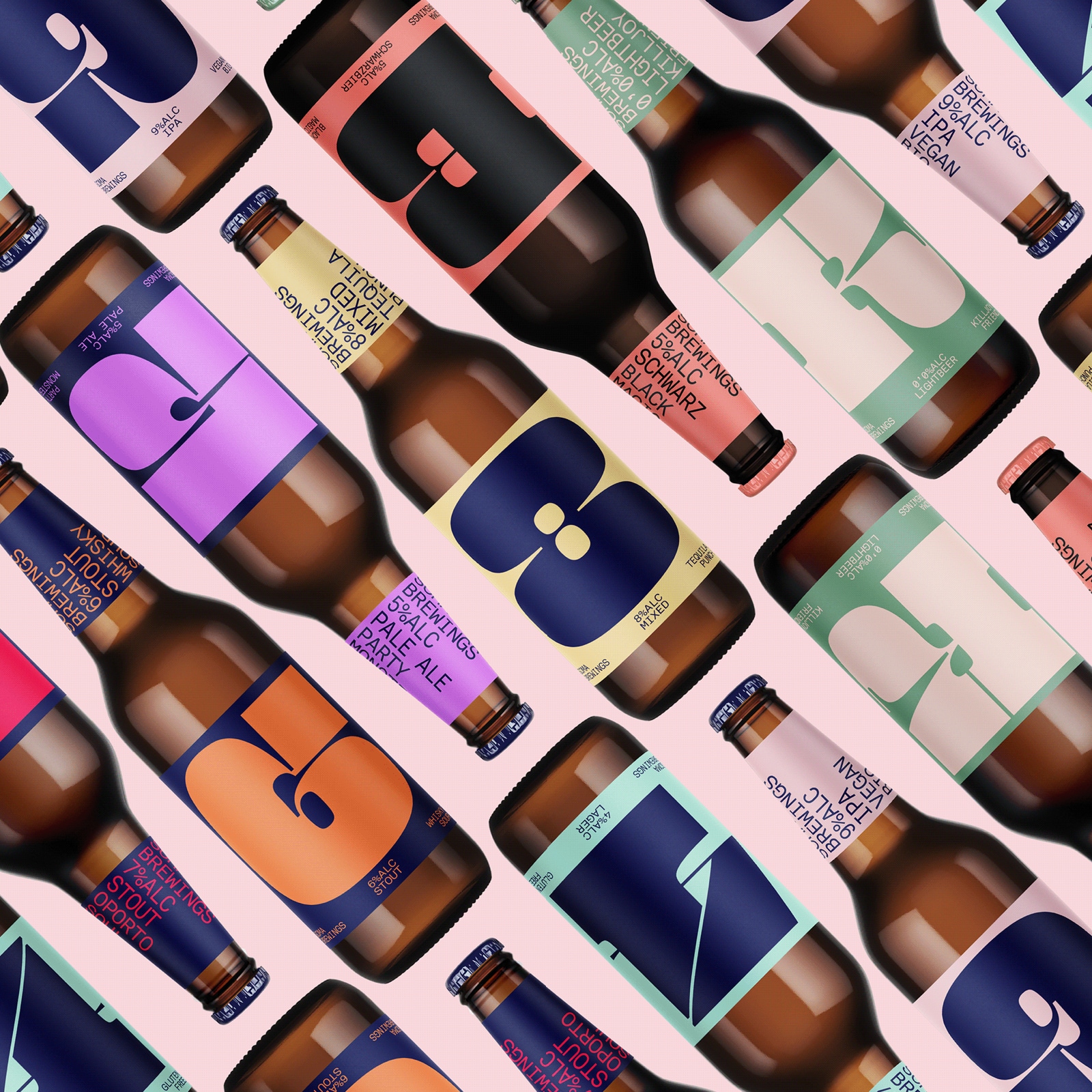
abduzeedo0309—22
Quim Marin Studio shared a branding, packaging design and visual identity project for Soma Brewing Co. The project features a beautiful typography that is cleverly applied across all the collaterals, including the label for the bottles. In addition to that the usage of colors is spot on and gives the modern and fresh look to the identity.
For more information make sure to check out:
Behance
Instagram
Website
Original Source: https://tympanus.net/codrops/2022/03/08/15-awesome-tools-and-resources-for-designers-and-agencies-in-2022/
An effective and well-organized workflow is an important asset for professional web designers and web design agencies alike. Achieving this requires having the necessary design tools and resources within easy reach to keep lost or wasted an absolute minimum while increasing the chances of realizing high-quality results.
There is certainly no shortage of good web design tools and resources. There are so many in fact that it can be a challenge to find those little timesavers that can spare you headaches and save you a ton of time in the long run.
That said, this selection is well worth bookmarking as it features 15 top tools and resources for designers and agencies you can put to use to enrich your 2022 web design projects.
1. Be – The Biggest WordPress and portfolio WordPress theme

In terms of sheer size, BeTheme is the biggest WordPress and WooCommerce theme of them all with its 240,000+ strong customer base, its all-encompassing library of pre-built websites, and its 40+ core website building features.
Among the highlights –
A selection of 650+ customizable pre-built websites that cover all the major industry sectors, a wealth of business niches and all website styles and types. These pre-built websites are responsive, UX-ready, and make creating any website a super-easy task.The fast and flexible BeBuilder that allows you to import from Be’s pre-built website’s 3000+ pages, import, export, save, and retrieve blocks of content, and design revisions and create backgrounds as you always wanted them to be.BeBuilder Woo with customer-friendly shopping features, product previews, a sticky menu, and more that enables you to create any shop or single product layout you can envision.BeTheme is loaded with valuable design options, it is Elementor ready, and it is frequently updated.
Click on the banner to investigate BeTheme in greater detail.
2. Total WordPress Theme

Total is a power-packed WordPress theme that is designed to make web design easy for beginners and developers alike. Thanks to its flexible page builder and multiple style options Total does not place limits on the page layouts you can create.
Total’s NEW 90+ section templates along with its 75+ pre-styled post entry cards and 45+ quick-import sample demos make website building fast and enjoyable.500+ customizing settings, a built-in font manager, and other features combined with Total’s drag and drop frontend page builder make creating a highly customized web design an easy task.Total is completely compatible with all the popular plugins, including WooCommerce of course, and its use of Vanilla JavaScript with built in hooks and filters, and 600+snippets make it an extremely developer friendly theme.
Click on the banner to learn more about this popular theme.
3. LayerSlider

With LayerSlider, you can do much more than create stunning sliders. This popular product has been on the market for more than a decade. In its current form it gives designers and design agencies website building capabilities that can be applied to spruce up or spice up any website with modern graphics, eye-catching animations, and cool interactive features.
LayerSlider has 150+ website, slider, and popup templates. Templates provide a great way to learn and serve as ideal starting points for new projects.LayerSlider comes with a modern, easy-to-use editor interface – similar to those found in professional desktop applications. Anyone can use this popular tool without having any prior experience.
LayerSlider is cost-effective and easy to install and work with. Users can easily create an expensive-looking website at a tiny fraction of the usual cost.
Click on the banner to see what LayerSlider could do for you.
4. Uncode – Creative & WooCommerce WordPress Theme

This pixel-perfect theme is an Envato best seller with its 80,000+ sales to date.
Its key features include –
a fast and flexible Frontend Page Builderadvanced WooCommerce capabilities that include a wealth of customer-centric design elements and optionsa Wireframes Plugin and 550+ section templates
Uncode is ideally suited for creating blog, magazine, and portfolio sites.
5. Trafft

Put Trafft to work to schedule appointments, meetings, and events, manage staff and services, send reminders, accept payments, and more.
Features include coupons, custom domains, group booking, multiple location usage, and email service.Trafft easily integrates with Google Calendar and Google Meet, Outlook Calendar, Zoom, Mailchimp and Zapier.
6. wpDataTables

The wpDataTables WordPress table and chart plugin is noted for its many powerful and useful features that enable it to stand out from the competition.
They include –
Multiple databases connectivity (MySQL, PostgreSQL, MS SQL)Creating tables from multiple sources including MySQL or WordPress database and PHP arraysConditional formatting4 Chart-building engines Advanced filtering and sorting capabilities
wpDataTables integrates smoothly with Elementor, DIVI, Avada, Gutenberg and Visual Composer.
7. WHATFONTIS

WHATFONTIS allows designers to find a font in a matter of seconds by identifying it from an uploaded image. This gem in the world of font identifiers gives you –
rapid identification of free fontsan AI-based font search that provides the best possible accuracyfont filtering based on foundry and price
Premium support is readily available for those infrequent cases where the AI engine gives awkward results. A PRO subscription can be yours for only $39.99/year.
8. Mobirise Website Builder Software

Mobirise is an offline website builder that is perfect for creating small to medium size websites. It is an excellent choice for non-technical users who would typically prefer to do their website-building visually.
Mobirise creates sites quickly, easily, and intuitively5500+ awesome templates come with the packageYou own your site, and you can edit it locally and upload wherevercode if you want since you have full access to HTML
Mobirise is free for commercial use.
9. Get illustrations Stock Illustrations Bundle

If your websites, apps, or presentations are beginning to exhibit a certain sameness it might be time to take advantage of GetIllustration’s library of 10,000+ premium illustrations.
Get illustrations for web, apps, presentations or other purposesIllustrations are available in PNG, SVG, Ai, Figma, Sketch formatsDownload them once and use them foreverA commercial use license is included
Take advantage of the 25% discount by using coupon code: EliteDesigners25.
10. Slider Revolution

Slider Revolution is a versatile WordPress plugin that enables designers and design agencies to pleasantly surprise their clients with stunning, highly-professional visuals.
Slider Revolution is packed with revolutionary (no pun intended) features that can turn a boring website into an attention-grabbing responsive one.200+ website and slider templates and 25+ powerful addons are included.
Slider Revolution is easy to work with, but one-on-one support is there should you need it.
11. XStore – Best WordPress WooCommerce Theme for eCommerce

If you are looking for a power-packed WooCommerce theme that’s available at a bargain price, look no further. The XStore WooCommerce theme has it all, including –
110+ prebuilt, ready-to-customize shopsA selection of premium plugins worth $510WPB and Elementor compatibilityA single-product builder
All the above plus 30,000+ happy customers.
12. Amelia

The Amelia plugin will fully automate and manage your business’s appointment and events, and in doing so will save you and your clients significant amounts of time.
Your clients can make, change, or cancel appointments online 24/7Amelia manages bookings at multiple business locations, and can also track and manage employee assignments and availability schedulesAmelia can be integrated with Zoom for consultation and training purposes
13. 8bio – Link in Bio Tool

With this little tool you can create a link that people can’t resist clicking on. It’s as easy as can be to do and you can –
take advantage of 8bio’s beautiful skins and catchy animated backgroundslink to your own domain or use *.8b.iopresent a brief biography profile of yourself or your businessmonetize your link with a shopping cart or tip jar
And much more.
14. Essential Grid

The Essential Grid plugin enables you to create galleries you may have considered to be too difficult if not impossible to attempt to build. Galleries that could –
Showcase an attention-getting portfolioDisplay your products, your awe-inspiring videos, or share your personal Instagram stream.
Essential Grid offers multiple layout options and can accept content from a variety of sources.
15. Pixpa – Portfolio Websites for Designers

Pixpa is an extremely useful tool to have if you should happen to be engaged in a creative pursuit of almost any kind. With Pixpa you can –
build a website the way you want to – without any need for codingshare, proof, sell, and deliver your work to your clients and customersaccept payments commission-free through PayPal or Stripe
Several plans are available, and you can start with a 15 day free trial.
Product design involves more than simply creating a good look. It’s about creating engaging visuals that lead to a satisfying overall presentation. One or more of the above web design resources could be helpful to web designers, developers, creative artists, or agencies.
Rather than investing time and money in a lengthy designing process, why not take advantage of one of these designer resources with their ready-to-use components and features to create a totally awesome product?
We have assembled this collection of 15 top tools and resources for 2022. It can help you create a successful online presence for your business or build upon an existing one.
The post 15 Awesome Tools and Resources for Designers and Agencies in 2022 appeared first on Codrops.
Original Source: https://abduzeedo.com/iphone-se-2022-wallpaper-photoshop-8k-wallpaper
iPhone SE 2022 Wallpaper in Photoshop + 8K Wallpaper
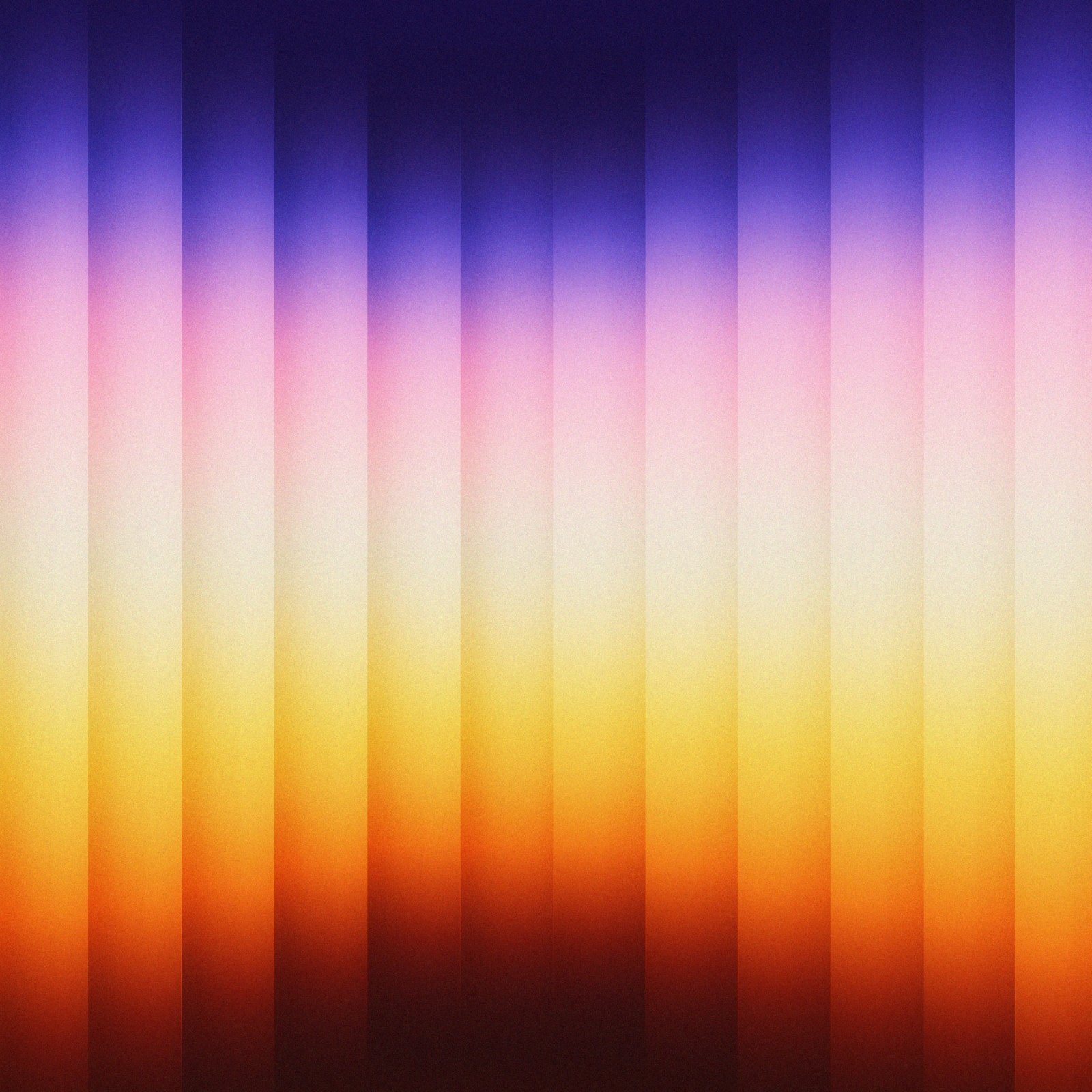
abduzeedo0308—22
I watched a bit of the Apple keynote today and I don’t know if it’s me getting old but it feels that the excitement is no longer there. I know there were new devices but still it feels more like the same. More speed, more this more that… one thing that caught my attention though was the iPhone SE wallpaper. The reason? It reminds me of some of the Photoshop images I used to create for tutorials. That of course sparked my interest to recreate that image in Photoshop. So here I am, another Photoshop tutorial and boy did I have fun doing it! And, I hope you enjoy it as well.
Step 1
Create a new file in Photoshop. I used the 8k resolution just because I wanted to suffer, hah! Jokes aside, I just want to create a big image so folks could use it as wallpapers. After that create one rectangle using the Rectangle Tool U
Step 2
Now via layer styles create the gradient with the colors you want. I literally use the iPhone image as reference to capture the colors from it.
Step 3
Change the background color to a gradient with the dark colors from the top and bottom. I used Layers Styles with a Linear Gradient. Those colors will be the ones that all the rectangles will fade to.
Step 4
Move the rectangle to the right and add a drop shadow via Layer Styles
Step 5
Now a very important detail. On Blending Options for the Layer Style make sure to check the option that says “Layer Mask Hides Effects”. That will be crucial for the masking part of the process.
Step 6
Duplicate rectangles and scale them to create the form you want. I basically started from the right to the center, then I just duplicated and flipped them to create the other side.
Final result
That’s it. You can add some extra effects by creating new layers with all the layers merged then apply some blur plus Overlay as blending mode, but that is just details. Now it’s up to you to definitely refine it. I am already using my new wallpaper.
Downloads
Download 8K wallpaper
Download mobile wallpaper
Get PSD 8K File (400mb)
Original Source: https://www.webdesignerdepot.com/2022/03/popular-design-news-of-the-week-february-28-2022-march-6-2022/
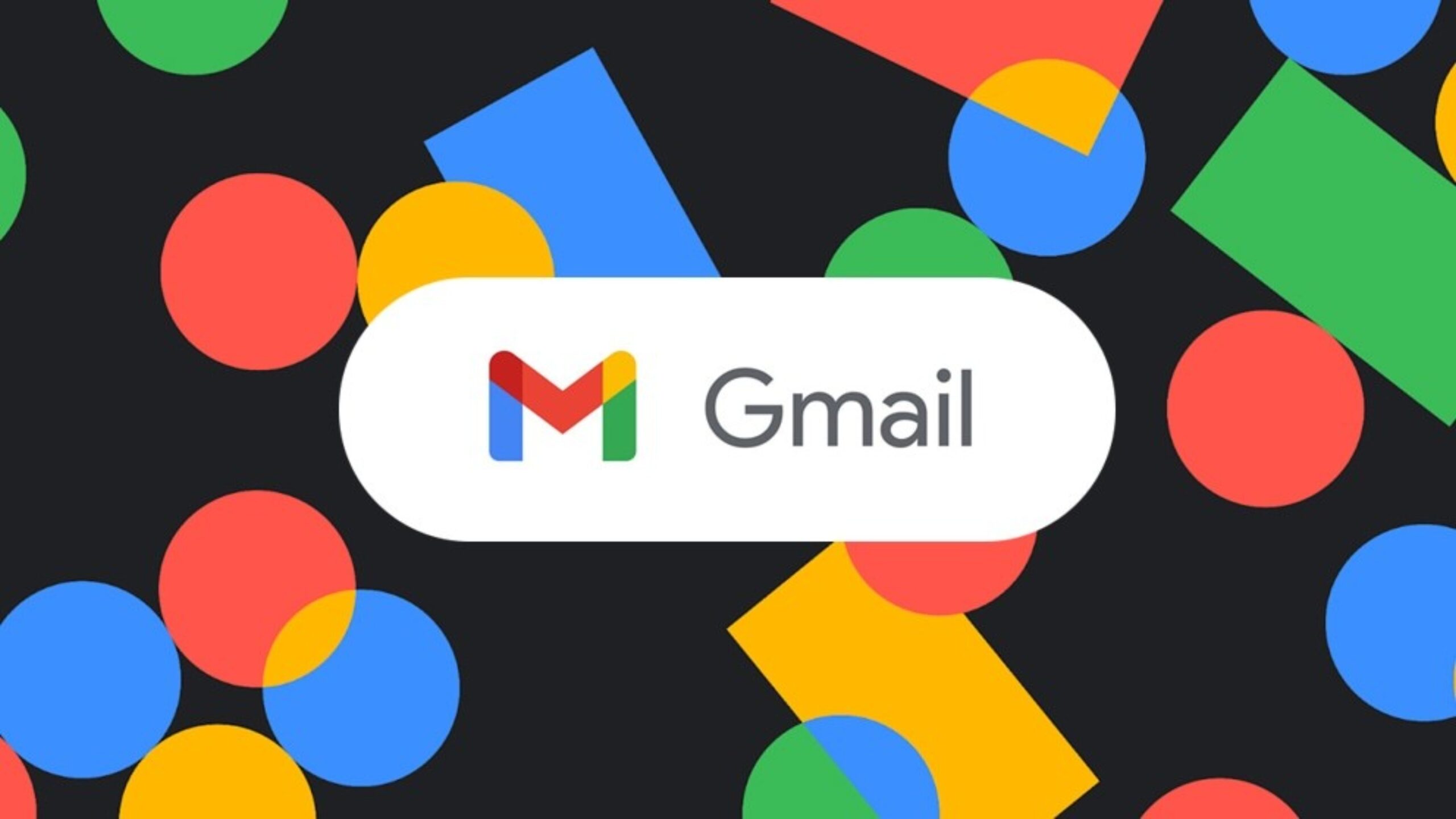 Every day design fans submit incredible industry stories to our sister-site, Webdesigner News. Our colleagues sift through it, selecting the very best stories from the design, UX, tech, and development worlds and posting them live on the site.
Every day design fans submit incredible industry stories to our sister-site, Webdesigner News. Our colleagues sift through it, selecting the very best stories from the design, UX, tech, and development worlds and posting them live on the site.
The best way to keep up with the most important stories for web professionals is to subscribe to Webdesigner News or check out the site regularly. However, in case you missed a day this week, here’s a handy compilation of the top curated stories from the last seven days. Enjoy!”
HTML Tips & Tricks that You will Love to Know
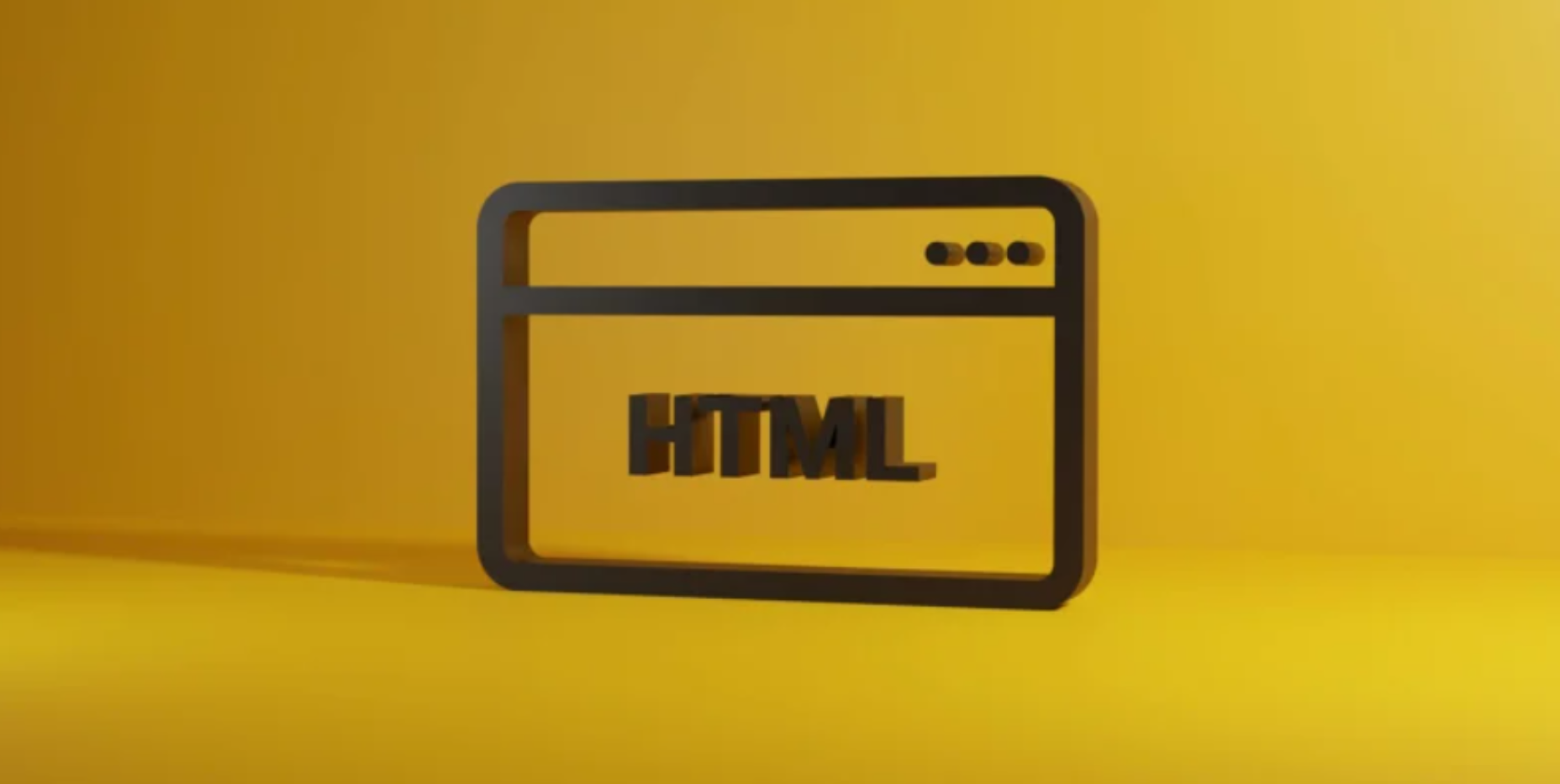
15 Best New Fonts, March 2022
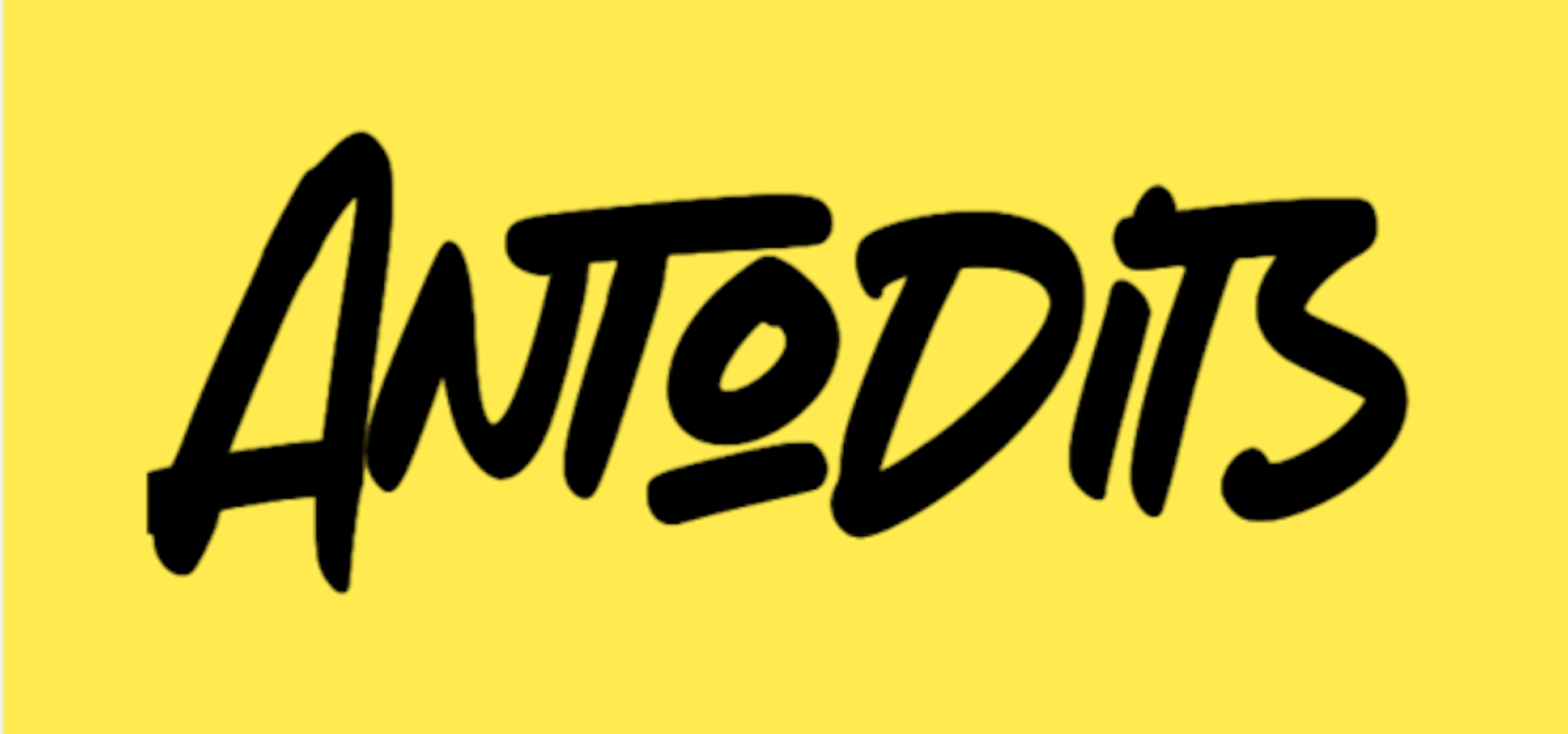
Write Plain Text Files
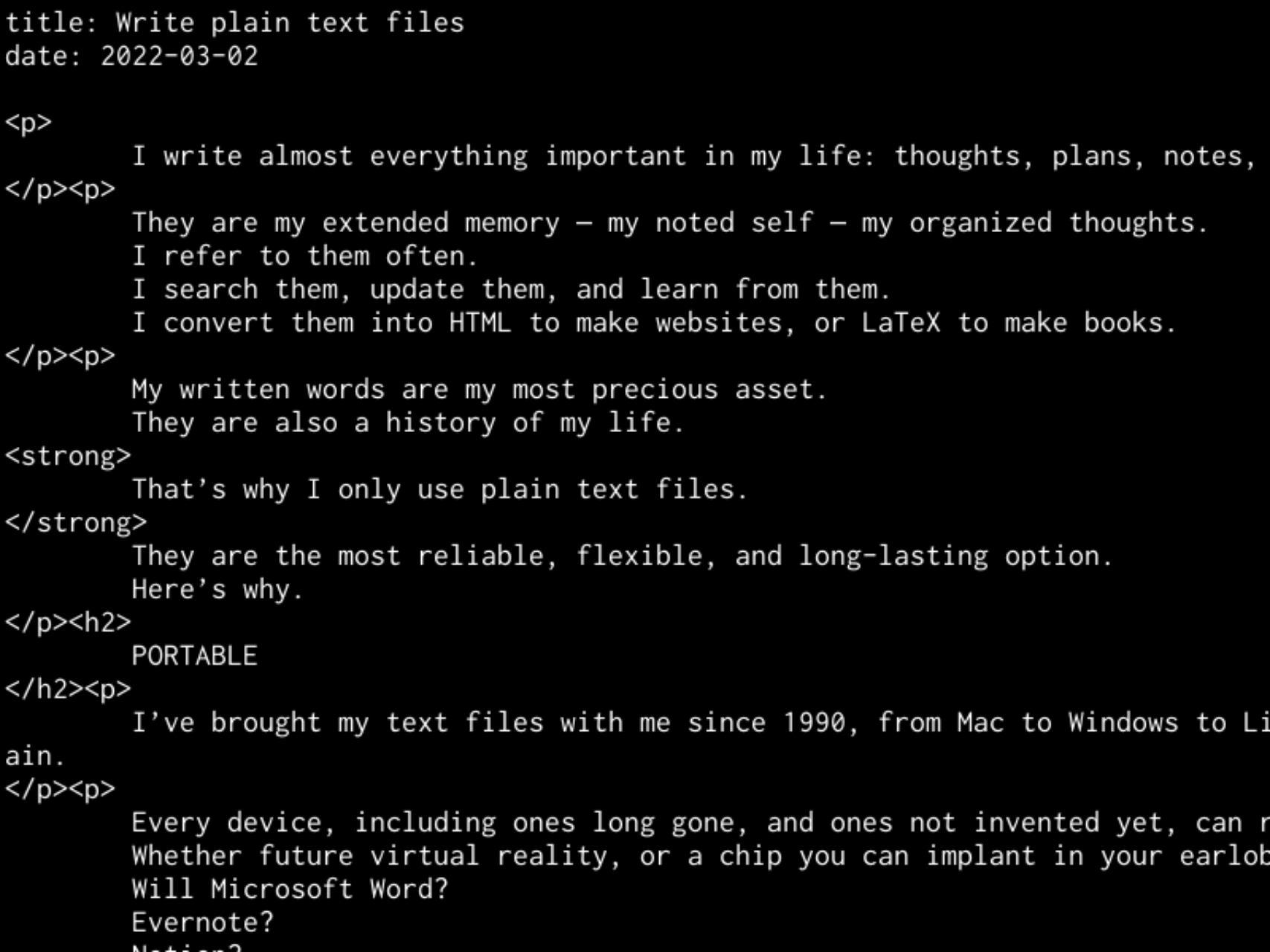
This Stunning Magazine Cover is An Inspired Design
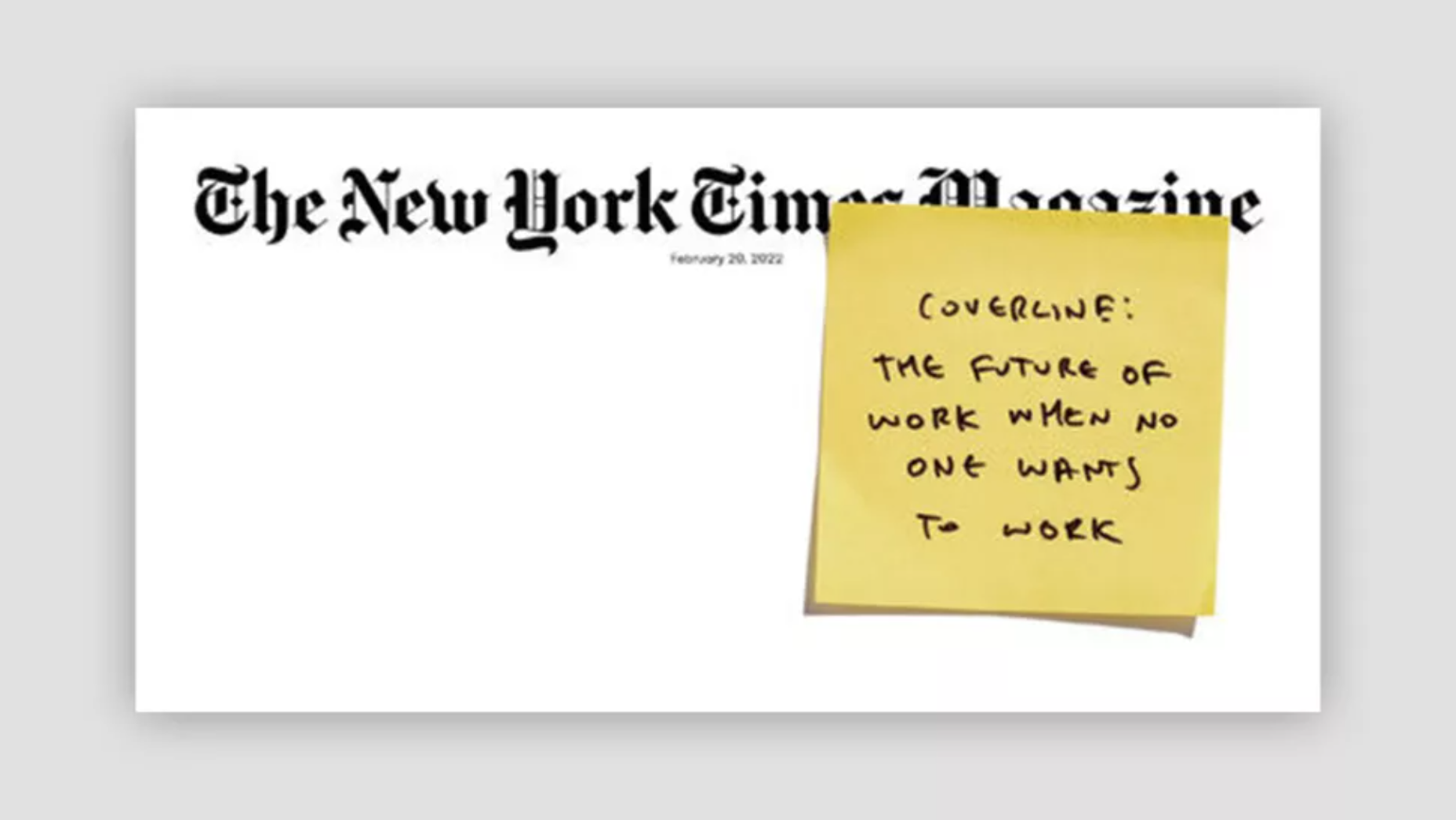
Making your own Website from Scratch
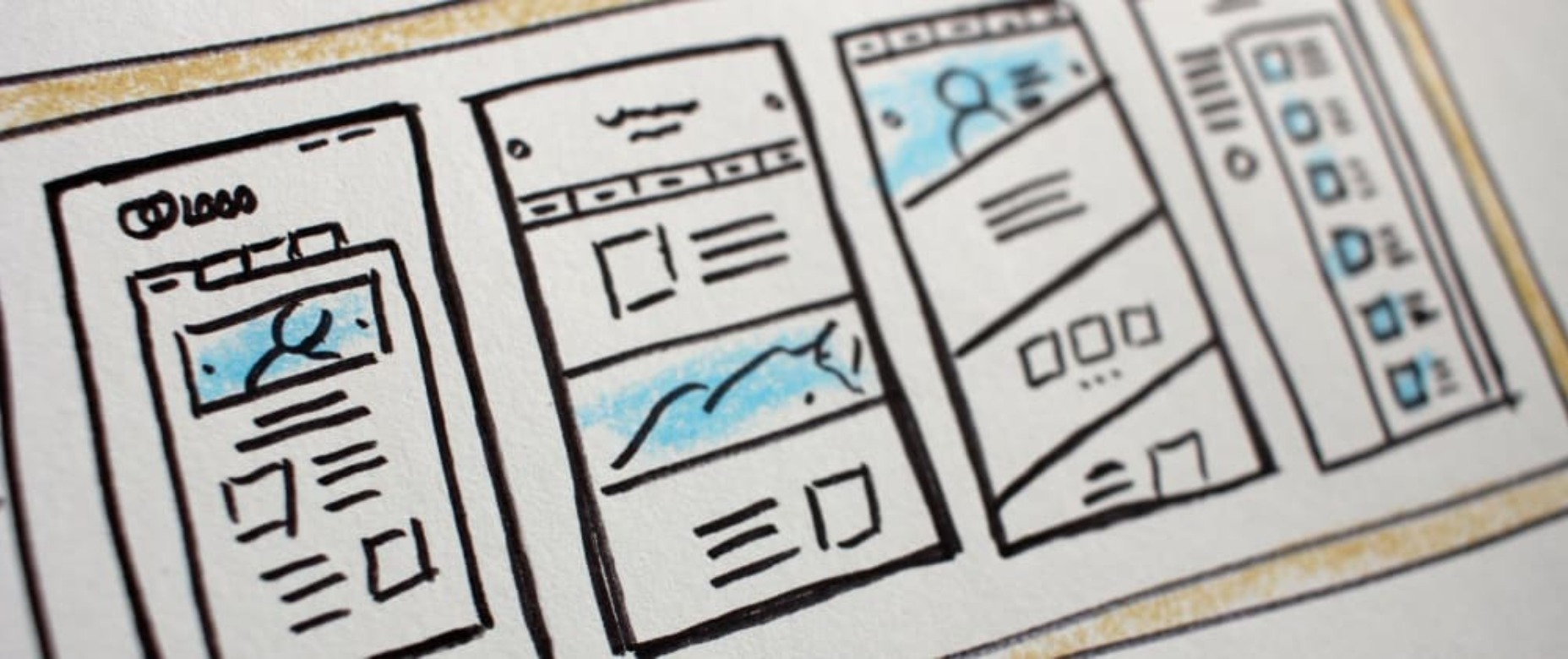
Introducing ComiCSS
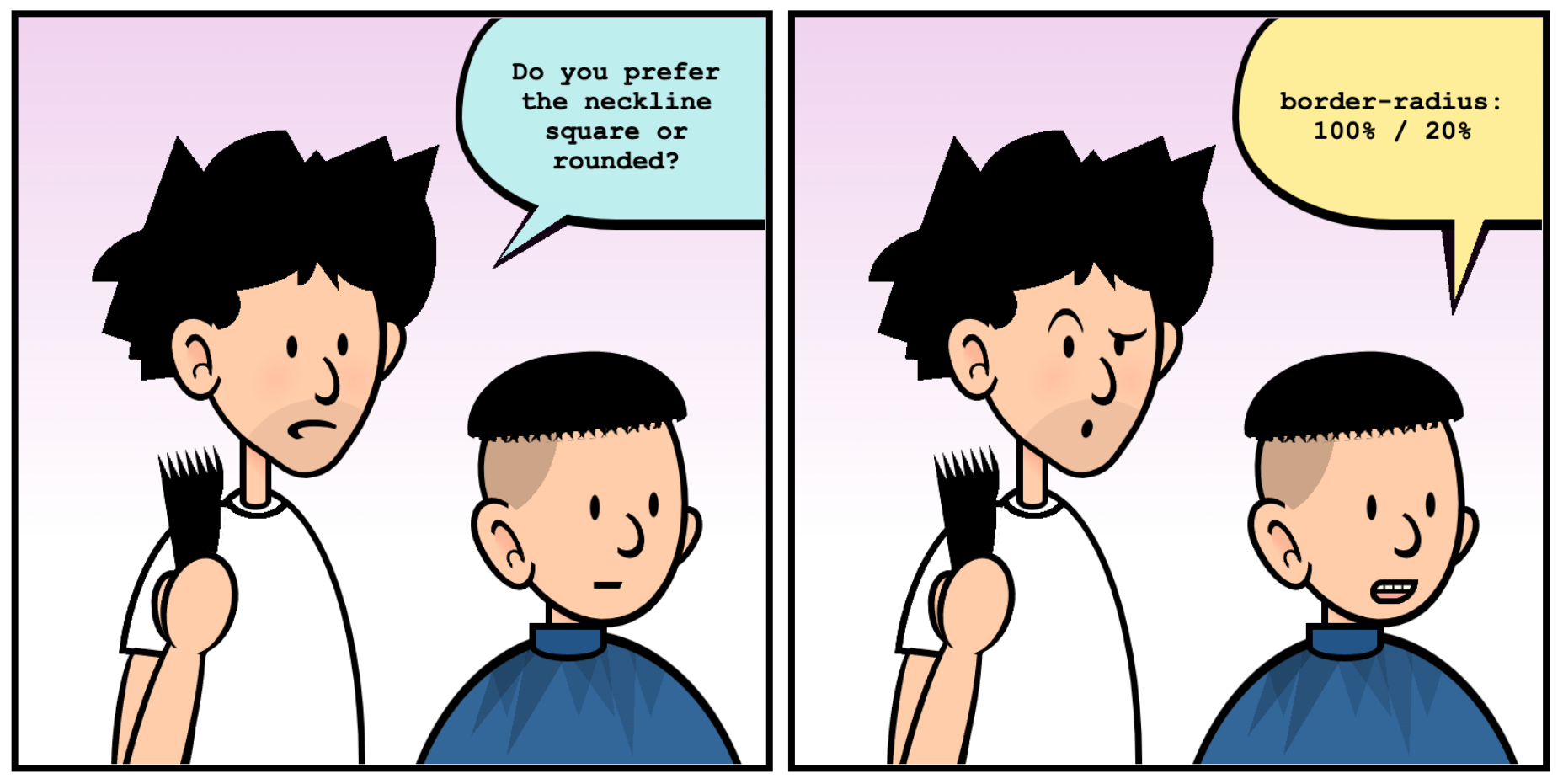
15 Google Drive Alternatives You Need to Consider
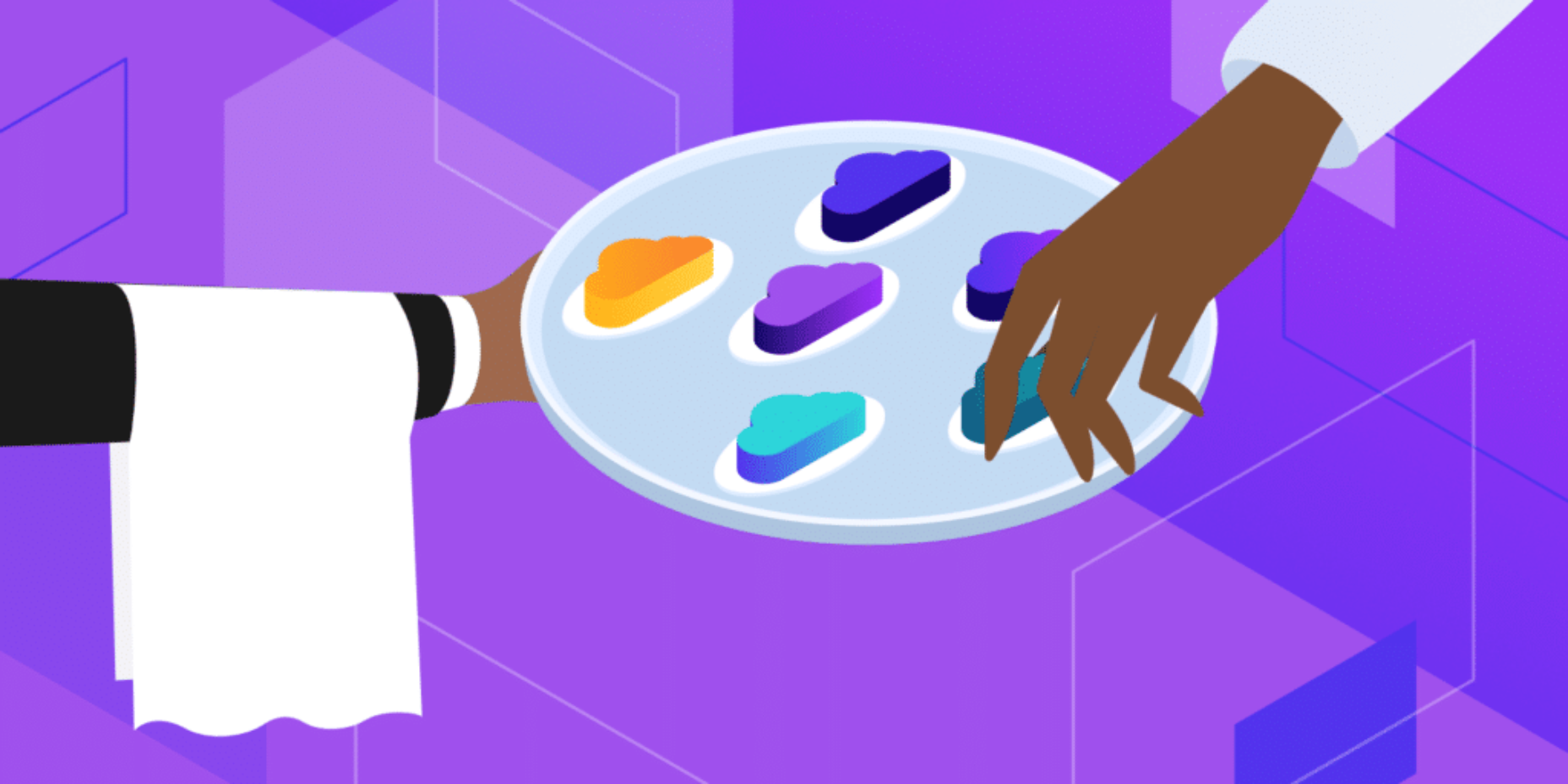
Turns Out Those Google Logo Colours Mean More than You Think
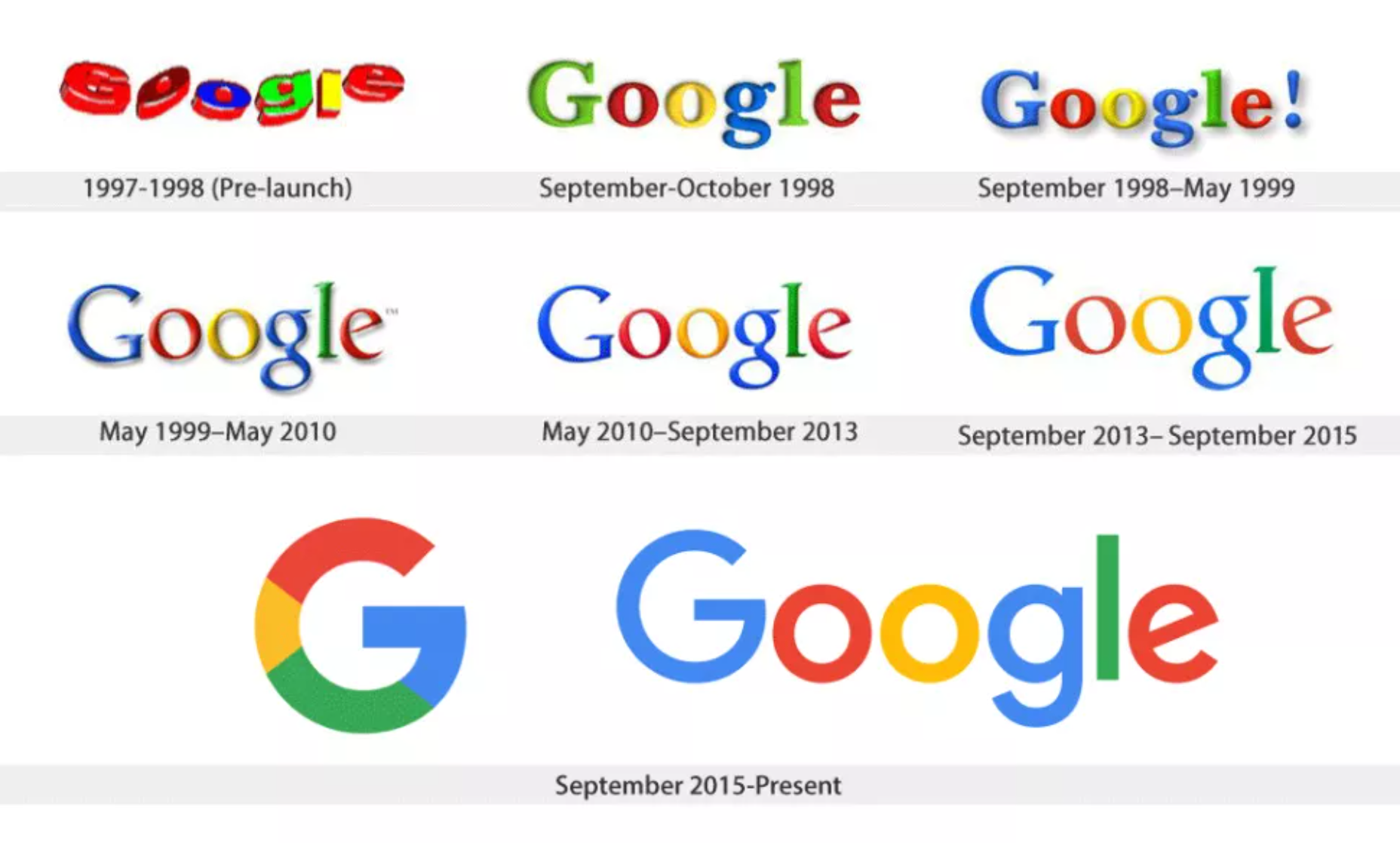
How to Create a Section Divider Using CSS

Human First, Designer Second
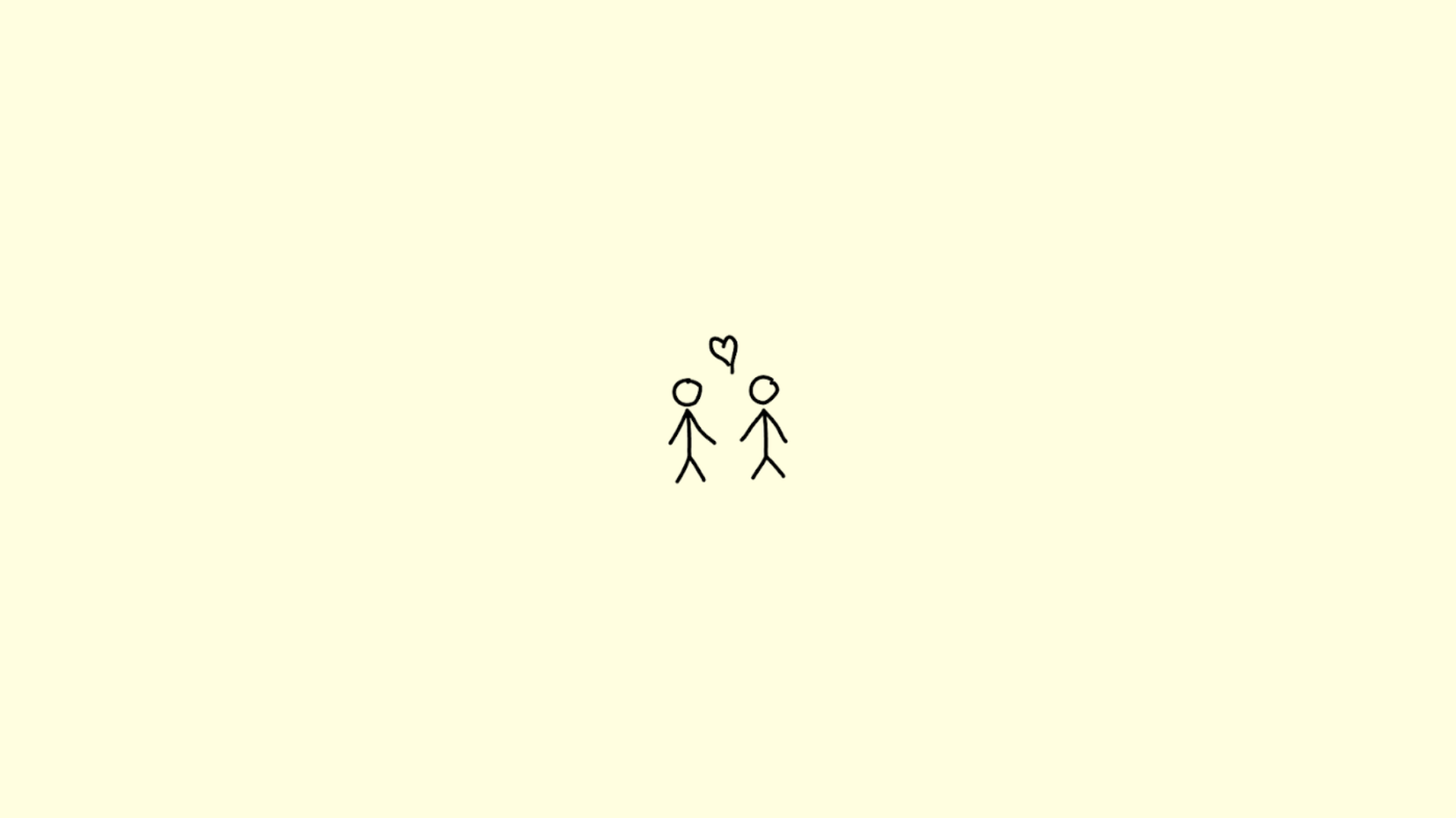
Landing Page UI – How to Ensure User Friendly Design
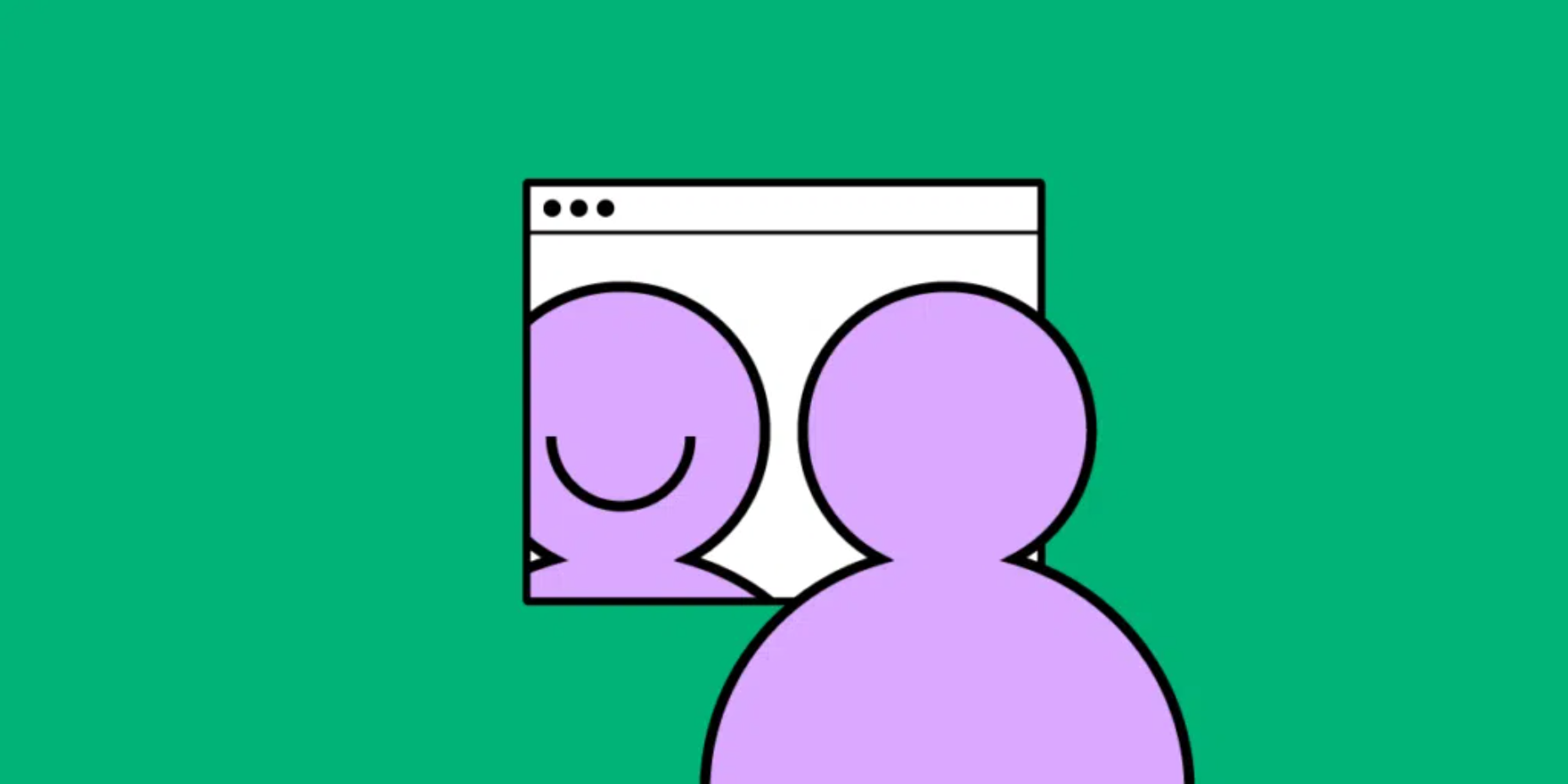
New CSS Features in 2022
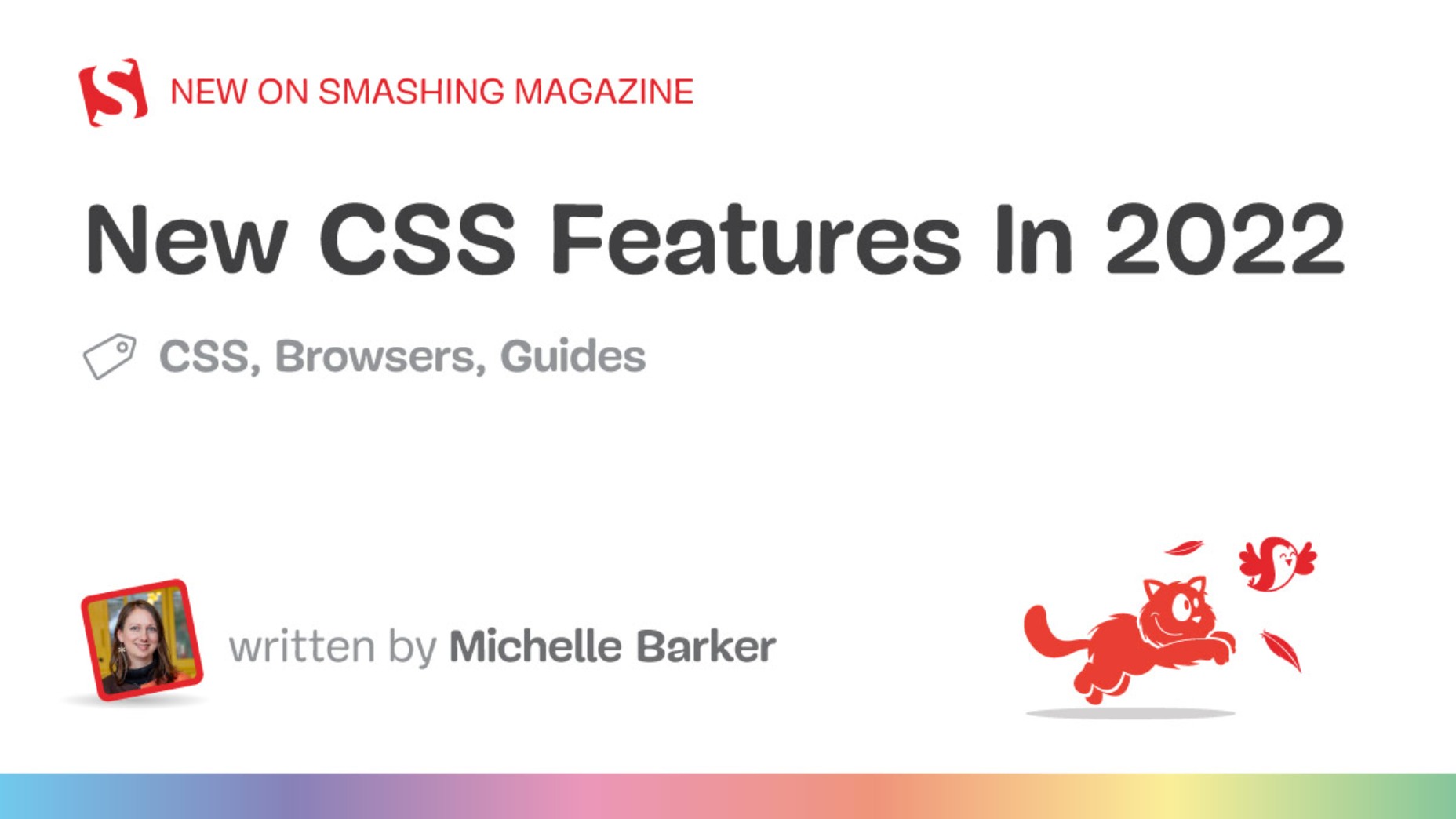
The Imperfections of Gmail
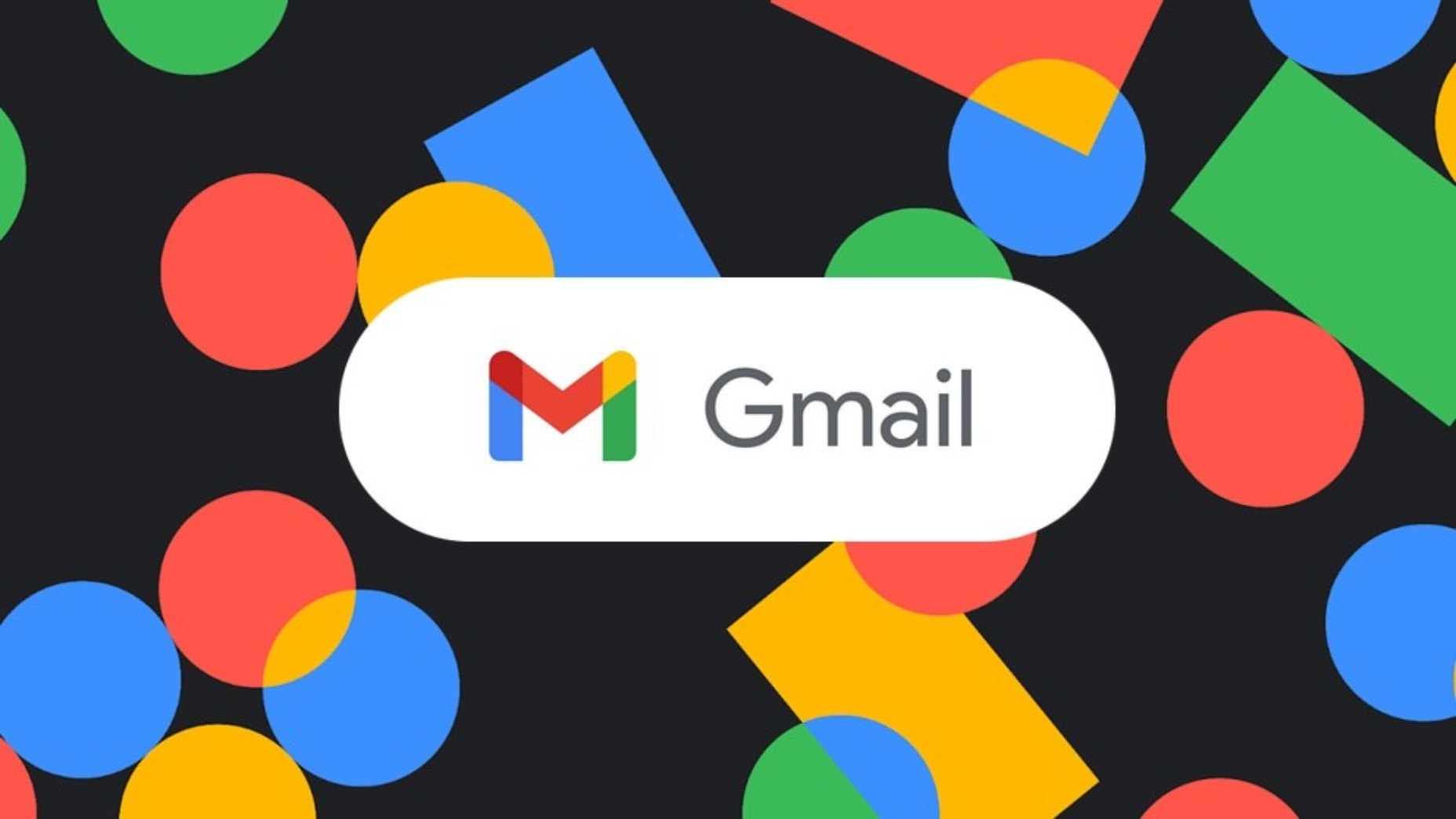
Source
p img {display:inline-block; margin-right:10px;}
.alignleft {float:left;}
p.showcase {clear:both;}
body#browserfriendly p, body#podcast p, div#emailbody p{margin:0;}
The post Popular Design News of the Week: February 28, 2022 – March 6, 2022 first appeared on Webdesigner Depot.
Original Source: https://www.webdesignerdepot.com/2022/03/5-must-have-elements-of-a-successful-footer-in-2022/
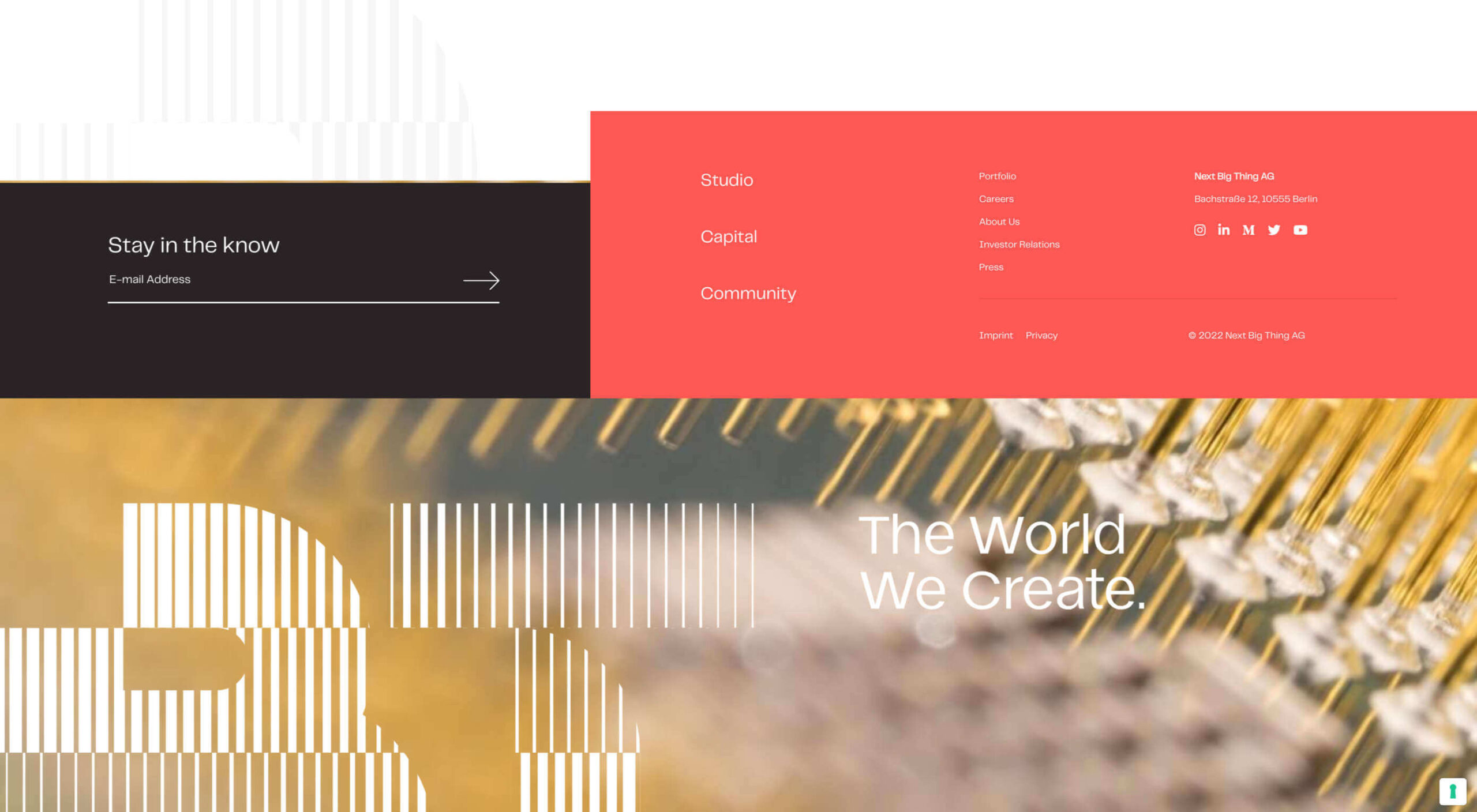 If you want to know how well-dressed someone is, look at their shoes. Shoes tell you a lot about a person’s style, activities, and choices. We often choose clothes to deceive people about who we are — we want to be brighter, more successful, more relaxed, more adventurous than we actually are. But, our shoes paint an honest picture and offer endless insights into who the wearer is.
If you want to know how well-dressed someone is, look at their shoes. Shoes tell you a lot about a person’s style, activities, and choices. We often choose clothes to deceive people about who we are — we want to be brighter, more successful, more relaxed, more adventurous than we actually are. But, our shoes paint an honest picture and offer endless insights into who the wearer is.
Like shoes, website footers help us see the core of the entity behind the site. A footer is both functional and brand-specific, and it often sets the tone for the entire site.
I’ve heard it argued that there are two types of designer: those who start with the footer and those who don’t. Regardless of how true you hold that statement, it’s undeniable that the footer is one of the most undervalued elements on any site — if you’ve ever run an eye-tracking test, you’ll know how frequently customers scroll straight to the bottom of your page.
Perhaps because it is undervalued and therefore under-designed by designers, the footer has developed some established design patterns: It is a consistent, site-wide catch-all bar; it tends to contain utility links; visually, it acts as a closure to the page information.
The Anatomy of a Great Footer
Your footer should be consistent, predictable, and, above all, not so small that it’s illegible.
Footers vary depending on the target audience and the goals of the site. What suits one project may not suit another, but there are common elements that you need to have a good reason to exclude.
1. Add Your Logo
A logo in your footer is an excellent way to tie the page together and remind users of the site they’re browsing. In addition, it can be a helpful link back to your homepage (for when the user is lost and wants to start over).
If your design warrants it, the logo can be smaller or a variation. Find some way to fit it in, even if you already have your logo in a sticky header — it’s a good baseline for mobile experiences.
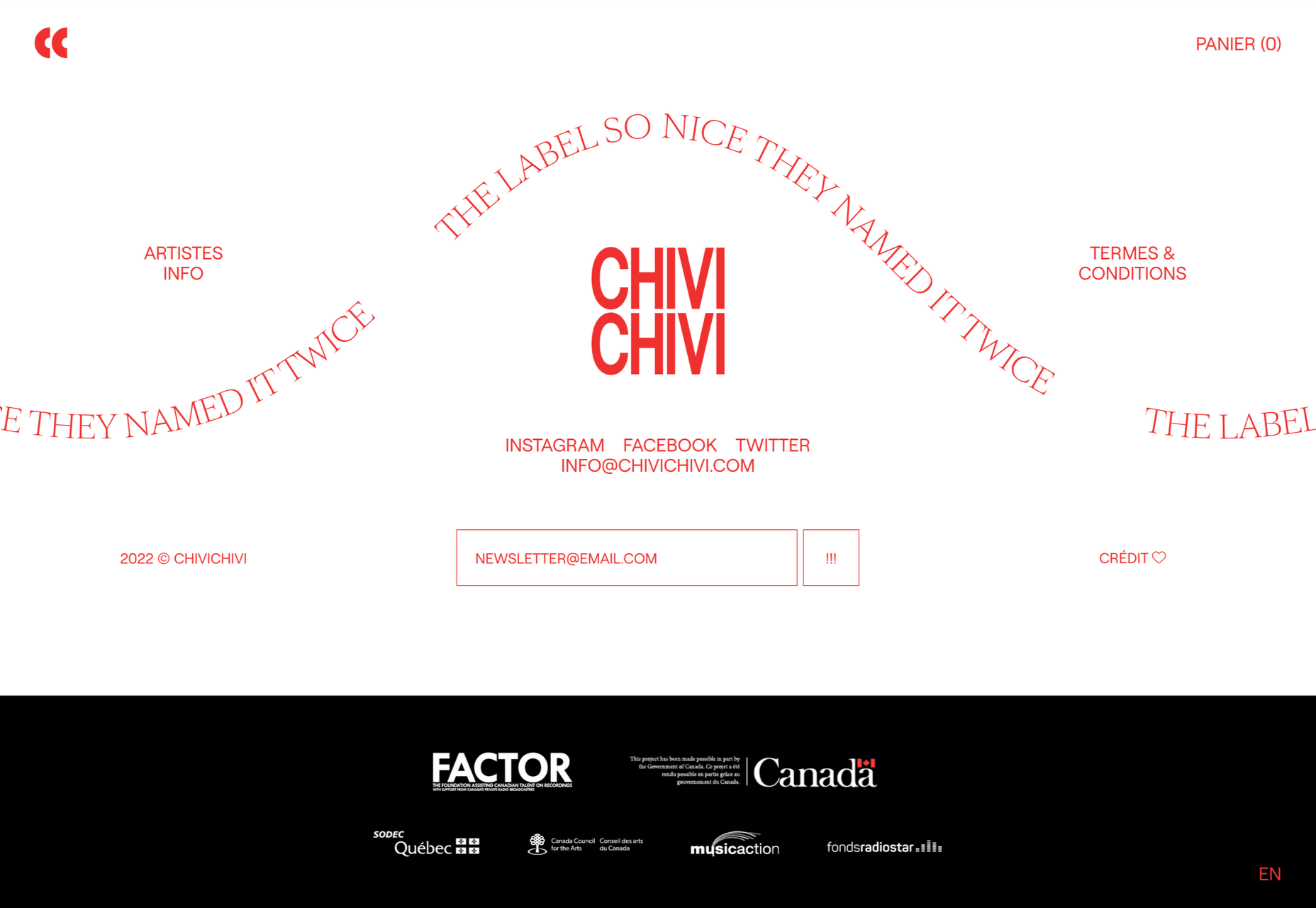
Chivi Chivi uses a monogram in place of its primary logo and reserves the main logotype for its footer.
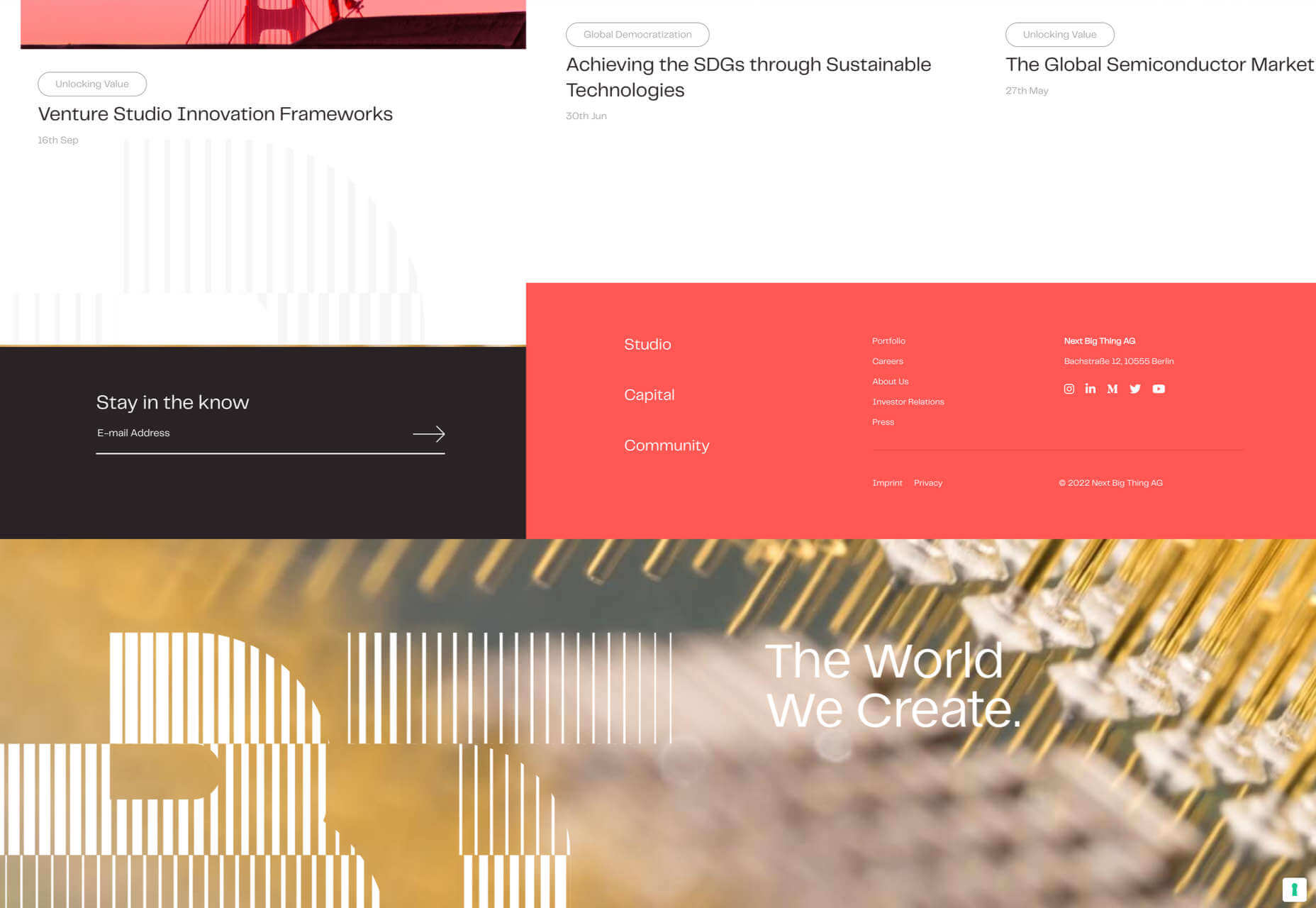
Next Big Thing repeats its logo in the footer in a decorative and engaging way.
2. Include a CTA
Every page on your site should have some form of call to action (CTA) to guide the user through your site, preferably along your sales funnel. In addition to page-specific CTA, include a CTA in your footer.
Because your footer will be identical across multiple pages, the CTA needs to be an action that is relevant to every page (even the terms or privacy statement).
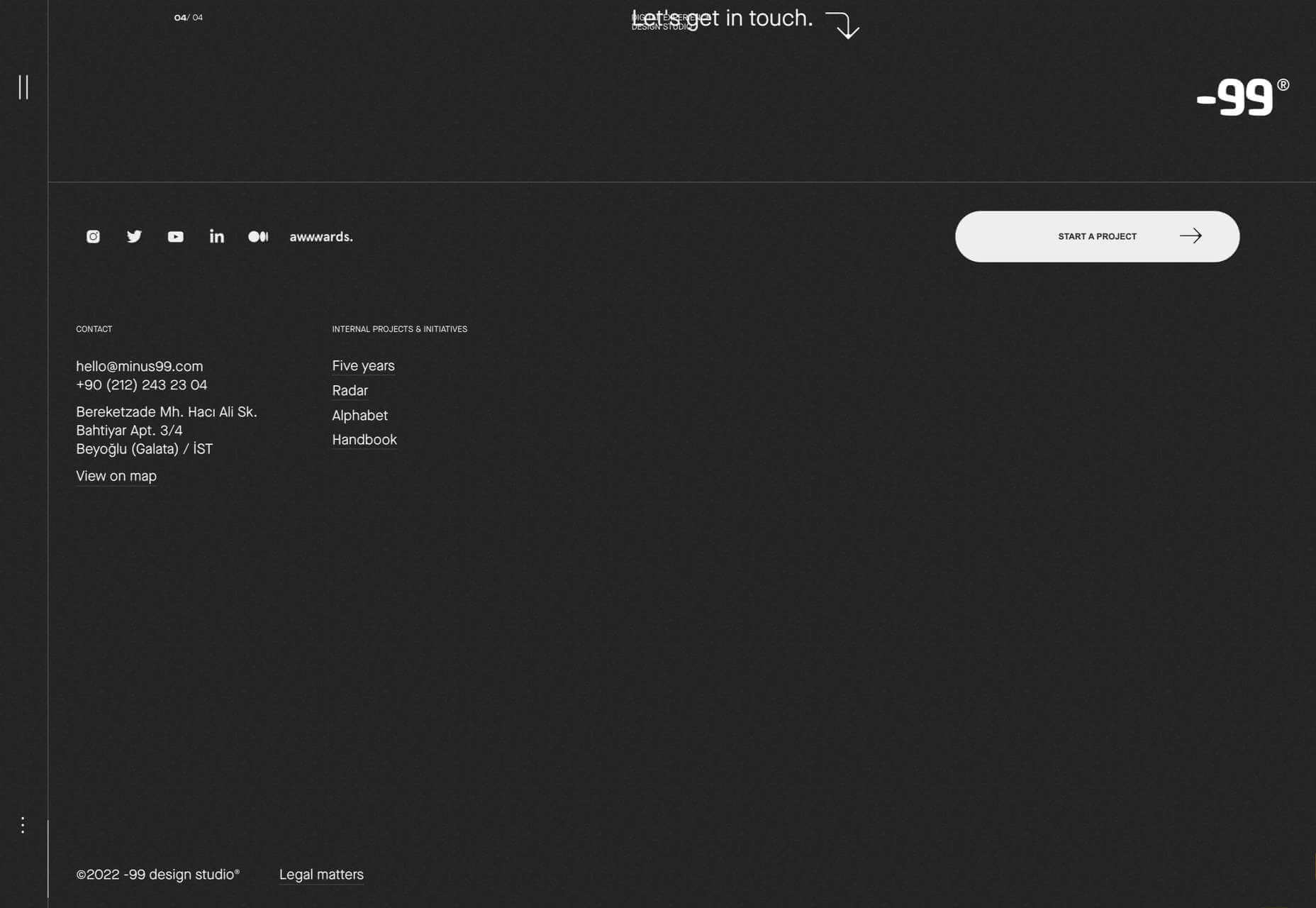
-99 has a nice big ‘Start a Project’ CTA to draw potential clients into a conversation.
The most common footer CTA is a newsletter sign-up, but if you’re running a site with a free trial or a subscription, adding a sign-up form for those services is also beneficial.
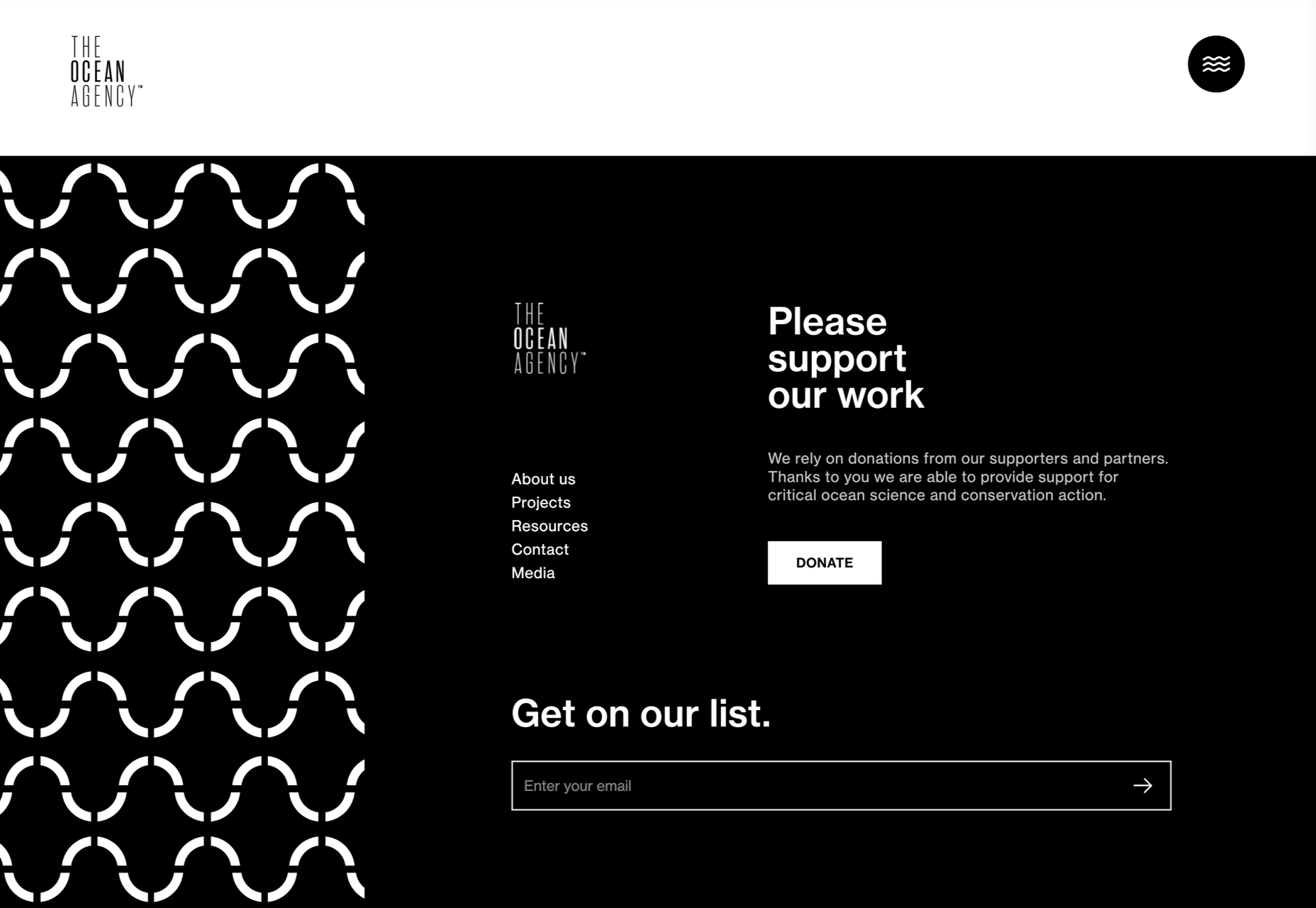
The Ocean Agency asks you to donate or sign up to its email list.
3. The Legal Bit
In many cases, you don’t need legal notices on your site; too often, published online terms just reiterate the statuary rights the law already grants a user. (The exception is if you’re operating internationally when statuary rights are variable.)

Fontsmith takes the opportunity to let us know its parent company.
If you’re collecting a user’s information, even via analytics, then you need a privacy policy, and the footer is a good catch-all place to link to it — just make sure you also link to it alongside any forms that gather information.
If you’re designing a site for a highly-regulated industry, like pharmaceuticals, or gambling, then a liability disclaimer may be advisable. If your client is certified or holds a professional membership, that should be included in the footer.
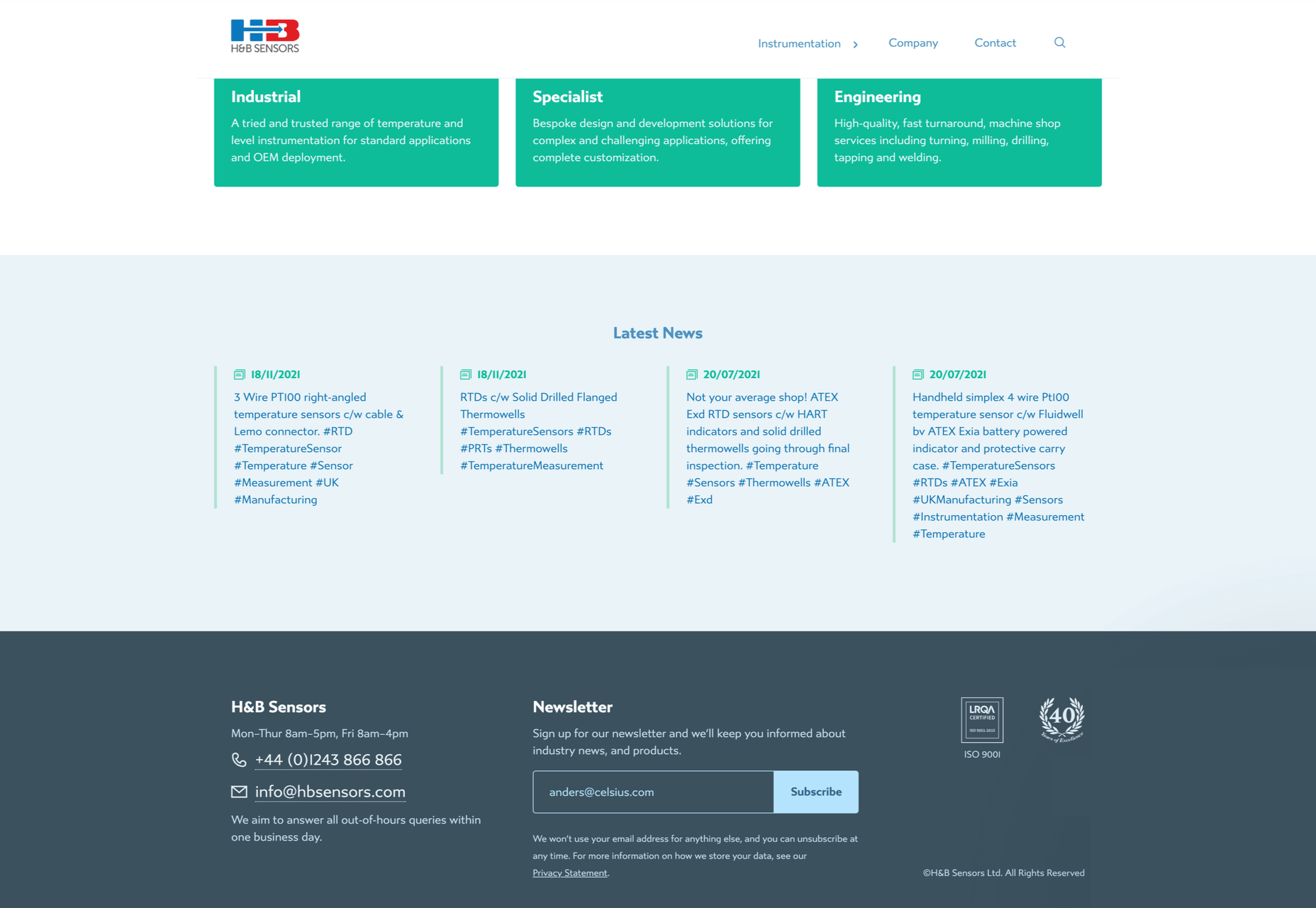
H&B Sensors includes an ISO certification in its footer.
Almost everyone includes a copyright notice in their footer, even though a website copyright notice is all but unenforceable.
The real value of these elements is to lend credibility to the company.
4. Useful Links Only
There is a tendency among some designers to treat the footer like a mega-menu and list every page on the site. If a user is confused enough by your main menu to need a footer link, dozens of links won’t clarify things for them, but a few carefully selected links can be beneficial.
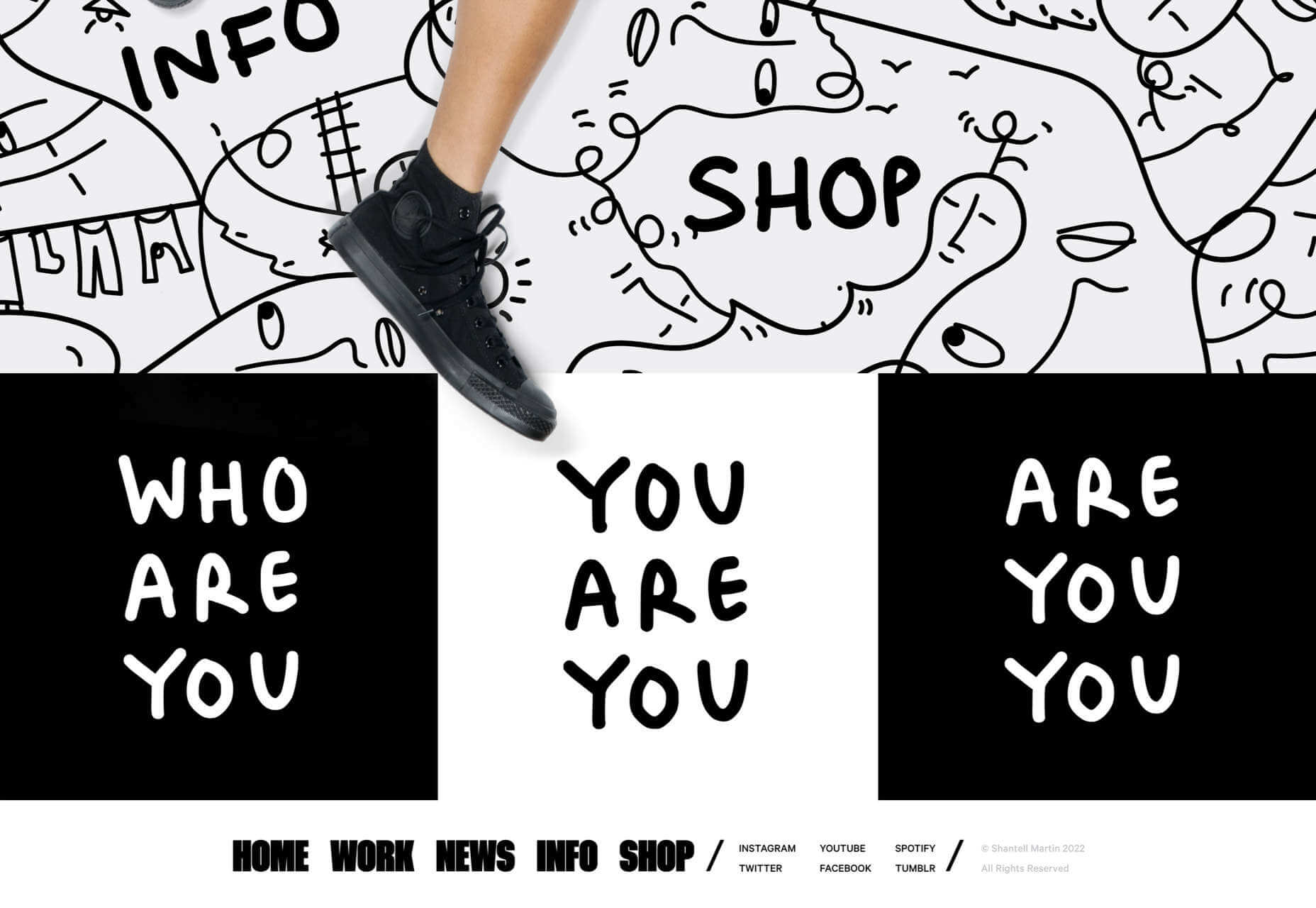
Shantell Martin uses doormat navigation to help anyone who missed the main navigation.
Generally, sites have two kinds of links: sales and utility. Sales links point at content with a brand voice, like product pages and blog posts. Utility links point at informational content that is fact-based, such as your returns policy or details of your graduate program. Typically, sales links suit primary navigation, and utility links fit footers.
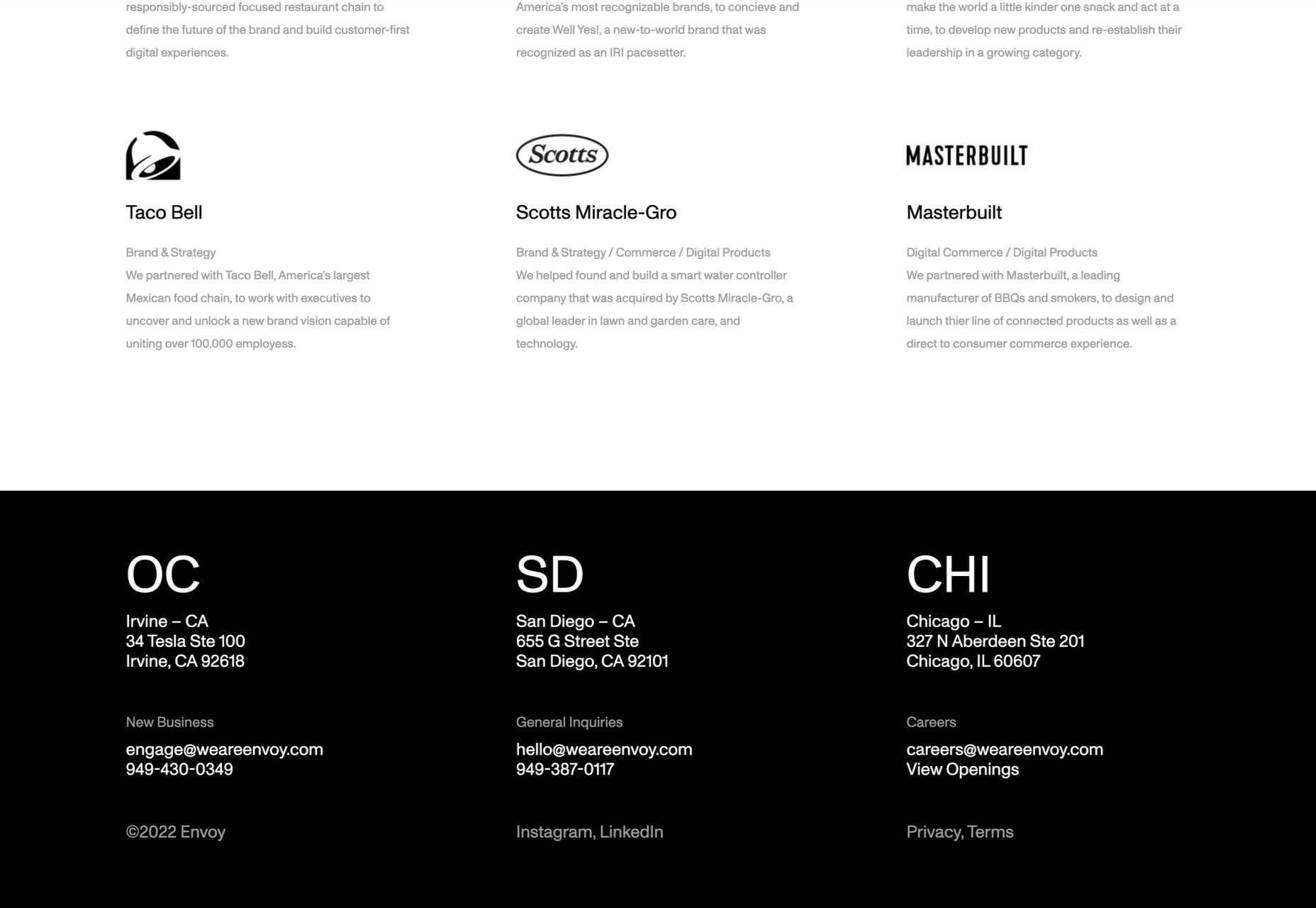
Envoy includes a link to current openings at the company.
5. Contact Information
Offering users a real-world point of contact has two benefits: your local SEO can be boosted; users feel an increased sense of trust.
Even if they never use them, customers like to see a phone number, opening hours, and even a map to a physical location. These things feel inherently more reliable because we assume that someone, somewhere, has vetted brick-and-mortar businesses.
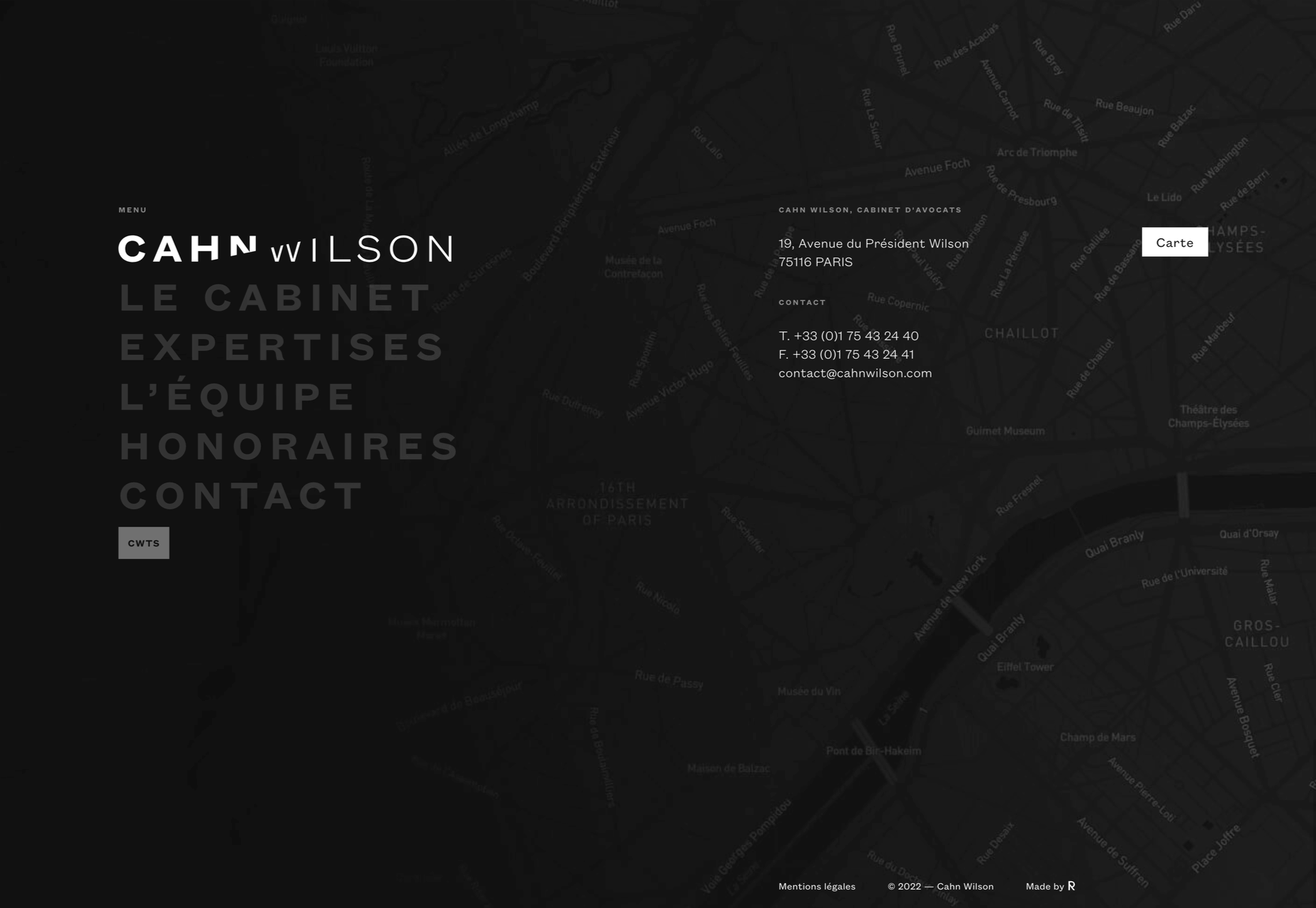
Cahn Wilson includes a map to make it absolutely clear they have a physical location.
If possible, let users know how long it usually takes you to respond to queries — be honest, better to underpromise and over-deliver than the reverse.
If you’re maintaining social media accounts, then adding them to your footer is a great way to include them on your page without siphoning users off to other sites. (Only link to social media accounts you regularly update.)
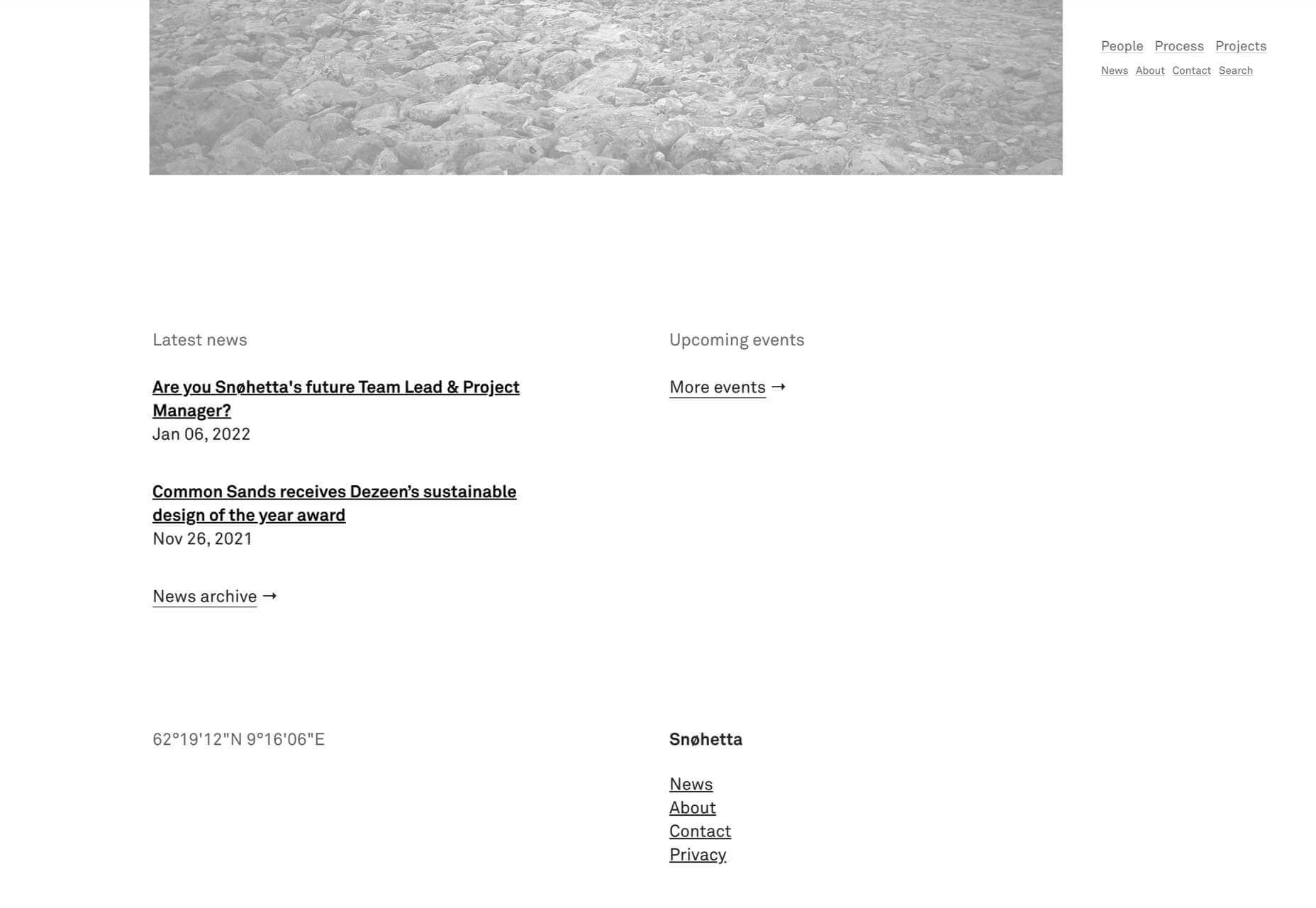
Snohetta takes the contact information to the extreme by providing longitude and latitude.
Source
p img {display:inline-block; margin-right:10px;}
.alignleft {float:left;}
p.showcase {clear:both;}
body#browserfriendly p, body#podcast p, div#emailbody p{margin:0;}
The post 5 Must-Have Elements of a Successful Footer in 2022 first appeared on Webdesigner Depot.
Original Source: https://tympanus.net/codrops/2022/03/07/creating-a-risograph-grain-light-effect-in-three-js/
Recently, I release my brand new portfolio, home to my projects that I have worked on in the past couple of years:
As I was doing experimentations for the portfolio, I tried to reproduce this kind of effect I found on the web:


I really like these 2D grain effects applied to 3D elements. It kind of has this cool feeling of cray and rocks and I decided to try and reproduce it from scratch. I started with a custom light shader, then mixed it with a grain effect and by playing with some values I got to this final result:

In this tutorial I’d like to share with you what I’ve done to achieve this effect. We’re going to explore two different ways of doing it.
Note that I won’t get into too much detail about Three.js and WebGL for simplicity, so it’s good to have some solid knowledge of JavaScript, Three.js and some notions about shaders before starting with this tutorial. If you’re not very familiar with shaders but with Three.js, then the second way is for you!
Summary
Method 1: Writing our own custom ShaderMaterial (That’s the harder path but you’ll learn about how light reflection works!)
Creating a basic Three.js sceneUse ShaderMaterialCreate a diffuse light shaderCreate a grain effect using 2D noiseMix it with light
Method 2: Starting from MeshLambertMaterial shader (Easier but includes unused code from Three.js since we’ll rewrite the Three.js LambertMaterial shader)
Copy and paste MeshLambertMaterialAdd our custom grain light effect to the fragmentShaderAdd any Three.js lights
1. Writing our own custom ShaderMaterial
Creating a basic Three.js scene
First we need to set up a basic Three.js scene with a simple sphere in the center:
Here is a Three.js basic scene with a camera, a renderer and a sphere in the middle. You can find the code in this repository in the file src/js/Scene.js, so you can start the tutorial from here.
Use ShaderMaterial
Let’s create a custom shader in Three.js using the ShaderMaterial class. You can pass it uniforms objects, and a vertex and a fragment shader as parameters. The cool thing about this class is that it’s already giving you most of the necessary uniforms and attributes for a basic shader (positions of the vertices, normals for light, ModelViewProjection matrices and more).
First, let’s create a uniform that will contain the default color of our sphere. Here I picked a light blue (#51b1f5) but feel free to pick your favorite color. We’ll use a new THREE.Color() and call our uniform uColor. We’ll replace the material from the previous code l.87:
const material = new THREE.ShaderMaterial({
uniforms: {
uColor: { value: new THREE.Color(0x51b1f5) }
}
});
Then let’s create a simple vertex shader in vertexShader.glsl, a separated file that will display the sphere vertices at the correct position related to the camera.
void main(void) {
gl_Position = projectionMatrix * modelViewMatrix * vec4(position, 1.0);
}
And finally, we write a basic fragment shader fragmentShader.glsl in a separated file as well, that will use our uniform uColor vec3 value:
uniform vec3 uColor;
void main(void) {
gl_FragColor = vec4(uColor, 1.);
}
Then, let’s import and link them to our ShaderMaterial.
import vertexShader from './vertexShader.glsl'
import fragmentShader from './fragmentShader.glsl'
…
const material = new THREE.ShaderMaterial({
vertexShader: vertexShader,
fragmentShader: fragmentShader,
uniforms: {
uColor: { value: new THREE.Color(0x51b1f5) }
}
});
Now we should have a nice monochrome sphere:
Create a diffuse light shader
Creating our own custom light shader will allow us to easily manipulate how the light should affect our mesh.
Even if that seems complicated to do, it’s not that much code and you can find great articles online explaining how light reflection works on a 3D object. I recommend you read webglfundamentals if you would like to learn more details on this topic.
Going further, we want to add a light source in our scene to see how the sphere reflects light. Let’s add three new uniforms, one for the position of our spotlight, the other for the color and a last one for the intensity of the light. Let’s place the spotlight above the object, 5 units in Y and 1 unit in Z, use a white color and an intensity of 0.7 for this example.
…
uLightPos: {
value: new THREE.Vector3(0, 5, 3) // position of spotlight
},
uLightColor: {
value: new THREE.Color(0xffffff) // default light color
},
uLightIntensity: {
value: 0.7 // light intensity
},
Now let’s talk about normals. A THREE.SphereGeometry has normals 3D vectors represented by these arrows:
For each surface of the sphere, these red vectors define in which direction the light rays should be reflected. That’s what we’re going to use to calculate the intensity of the light for each pixel.
Let’s add two varyings on the vertex shader:
vNormals, the normals vectors of the object related to the world position (where it is in the global scene).vSurfaceToLight, this represents the direction of the light position minus the direction of each surface of the sphere.
uniform vec3 uLightPos;
varying vec3 vNormal;
varying vec3 vSurfaceToLight;
void main(void) {
vNormal = normalize(normalMatrix * normal);
gl_Position = projectionMatrix * modelViewMatrix * vec4(position, 1.0);
// General calculations needed for diffuse lighting
// Calculate a vector from the fragment location to the light source
vec3 surfaceToLightDirection = vec3( modelViewMatrix * vec4(position, 1.0));
vec3 worldLightPos = vec3( viewMatrix * vec4(uLightPos, 1.0));
vSurfaceToLight = normalize(worldLightPos – surfaceToLightDirection);
}
Now let’s generate colors based on these light values in the Fragment shader.
We already have the normals values with vNormals. To calculate a basic light reflection on a 3D object we need two values light types: ambient and diffuse.
Ambient light is a constant value that will give a global light color of the whole scene. Let’s just use our light color for this case.
Diffuse light is representing the value of how strong the light is depending on how the object reflects it. That means that all surfaces which are close to and facing the spotLight should be more enlightened than surfaces that are far away and in the same direction. There is an amazing math function to calculate this value called the dot() product. The formula for getting a diffuse color is the dot product of vSurfaceToLight and vNormal. In this image you can see that vectors facing the sun are brighter than the others:

Then we need to addition the ambient and diffuse light and finally multiply it by a lightIntensity. Once we got our light value let’s multiply it by the color of our sphere. Fragment shader:
uniform vec3 uLightColor;
uniform vec3 uColor;
uniform float uLightIntensity;
varying vec3 vNormal;
varying vec3 vSurfaceToLight;
vec3 light_reflection(vec3 lightColor) {
// AMBIENT is just the light's color
vec3 ambient = lightColor;
//- – – – – – – – – – – – – – – – – – – – – – – – – – – – – – – – – – – –
// DIFFUSE calculations
// Calculate the cosine of the angle between the vertex's normal
// vector and the vector going to the light.
vec3 diffuse = lightColor * dot(vSurfaceToLight, vNormal);
// Combine
return (ambient + diffuse);
}
void main(void) {
vec3 light_value = light_reflection(uLightColor);
light_value *= uLightIntensity;
gl_FragColor = vec4(uColor * light_value, 1.);
}
And voilà:
Feel free to click and drag on this sandbox scene to rotate the camera.
Note that if you want to recreate MeshPhongMaterial you also need to calculate the specular light. This represent the effect you can observe when a ray of light gets directly into our eyes when reflected by an object, but we don’t need that precision here.
Create a grain effect using 2D noise
To get a 2D grain effect we’ll have to use a noise function that will display a gray color from 0 to 1 for each pixel of the screen in a “beautiful randomness”. There are a lot of functions online for creating simplex noise, perlin noise or others. Here we’ll use glsl-noise for a 2D simplex noise and glslify to import the noise function directly at the beginning of our fragment shader using:
#pragma glslify: snoise2 = require(glsl-noise/simplex/2d)
Thanks to the native WebGL value gl_FragCoord.xy we can easily get the UVs (coordinates) of the screen. Then we just have to apply the noise to these coordinates vec3 textureNoise = vec3(snoise2(uv)); This will create our 2D noise. Then, let’s apply these noise colors to our gl_FragColor:
#pragma glslify: snoise2 = require(glsl-noise/simplex/2d)
…
// grain
vec2 uv = gl_FragCoord.xy;
vec3 noiseColors = vec3(snoise2(uv));
gl_FragColor = vec4(noiseColors, 1.0);
What a nice old TV noise effect:
As you can see, when moving the camera, the texture feels like it’s “stuck” to the screen, that’s because we matched our simplex noise effect to the coordinates of the screen to create a 2D style effect. You can also adjust the size of the noise like so uv /= myNoiseScaleVal;
Mixing it with the light
Now that we got our noise value and our light let’s mix them! The idea is to apply less noise where the light value is stronger (1.0 == white) and more noise where the light value is weaker (0.0 == black). We already have our light value, so let’s just multiply the texture value with that:
colorNoise *= light_value.r;
You can see how the light affects the noise now, but this doesn’t look very strong. We can accentuate this value by using an exponential function. To do that in GLSL (the shader language) you can use pow(). It’s already included in shaders, here I used the exponential of 5.
colorNoise *= pow(light_value.r, 5.0);
Then, let’s enlighten the noise color effect like so:
vec3 colorNoise = vec3(snoise2(uv) * 0.5 + 0.5);
To gray, right? Almost there, let’s re-add our beautiful color that we got from the start. We can say that if the light is strong it will go white, and if the light is weak it will be clamped to the initial channel color of the sphere like this:
gl_FragColor.r = max(textureNoise.r, uColor.r);
gl_FragColor.g = max(textureNoise.g, uColor.g);
gl_FragColor.b = max(textureNoise.b, uColor.b);
gl_FragColor.a = 1.0;
Now that we have this Material ready, we can apply it to any object of the scene:
Congrats, you finished the first way of doing this effect!
2. Starting from MeshLambertMaterial shader
This way is simpler since we’ll directly reuse the MeshLambertMaterial from Three.js and apply our grain in the fragment shader. First let’s create a basic scene like in the first method. You can take this repository, and start from the src/js/Scene.js file to follow this second method.
Copy and paste MeshLambertMaterial
In Three.js all the Materials shaders can be found here. They are composed by shunks (reusable GLSL code) that are included here and there in Three.js shaders. We’re going to copy the MeshLambertMaterial fragment shader from here and paste it in a new fragment.glsl file.
Then, let’s add a new ShaderMaterial that will include this fragmentShader. However, for the vertex, since we’re not changing it, we can just pick it directly from the lib THREE.ShaderLib.lambert.vertexShader.
Finally, we need to merge the Three.js uniforms with ours, using THREE.UniformsUtils.merge(). Like in the first method, let’s use the sphere color uColor, uNoiseCoef to play with the grain effect and a uNoiseScale for the grain size.
import fragmentShader from './fragmentShader.glsl'
…
this.uniforms = THREE.UniformsUtils.merge([
THREE.ShaderLib.lambert.uniforms,
{
uColor: {
value: new THREE.Color(0x51b1f5)
},
uNoiseCoef: {
value: 3.5
},
uNoiseScale: {
value: 0.8
}
}
])
const material = new THREE.ShaderMaterial({
vertexShader: THREE.ShaderLib.lambert.vertexShader,
fragmentShader: glslify(fragmentShader),
uniforms: this.uniforms,
lights: true,
transparent: true
})
Note that we’re importing the fragmentShader using glslify because we’re going to use the same simplex noise 2D from the first method. Also, the lights parameter needs to be set to true so the materials can reuse the value of all source lights of the scene.
Add our custom grain light effect to the fragmentShader
In our freshly copied fragment shader, we’ll need to import the 2D simplex noise using the glslify and glsl-noise libs. #pragma glslify: snoise2 = require(glsl-noise/simplex/2d).
If we look closely at the MeshLambertMaterial fragment we can find a outgoingLight value. This looks very similar to our light_value from the first method, so let’s apply the same 2D grain shader effect to it:
// grain
vec2 uv = gl_FragCoord.xy;
uv /= uNoiseScale;
vec3 colorNoise = vec3(snoise2(uv) * 0.5 + 0.5);
colorNoise *= pow(outgoingLight.r, uNoiseCoef);
Then let’s mix our uColor with the colorNoise. And here is the final fragment shader:
#pragma glslify: snoise2 = require(glsl-noise/simplex/2d)
…
uniform float uNoiseScale;
uniform float uNoiseCoef;
…
// write this the very end of the shader
// grain
vec2 uv = gl_FragCoord.xy;
uv /= uNoiseScale;
vec3 colorNoise = vec3(snoise2(uv) * 0.5 + 0.5);
colorNoise *= pow(outgoingLight.r, uNoiseCoef);
gl_FragColor.r = max(colorNoise.r, uColor.r);
gl_FragColor.g = max(colorNoise.g, uColor.g);
gl_FragColor.b = max(colorNoise.b, uColor.b);
gl_FragColor.a = 1.0;
Add any Three.js lights
No light? Let’s add some THREE.SpotLight in the scene in src/js/Scene.js file.
const spotLight = new THREE.SpotLight(0xff0000)
spotLight.position.set(0, 5, 4)
spotLight.intensity = 1.85
this.scene.add(spotLight)
And here you go:
You can also play with the alpha value in the fragment shader like this:
gl_FragColor = vec4(colorNoise, 1. – colorNoise.r);
And that’s it! Hope you enjoyed the tutorial and thank you for reading.
Resources
https://webglfundamentals.org/ https://www.behance.net/gallery/106782599/Risograph-Grain-Effect-for-Photoshop
The post Creating a Risograph Grain Light Effect in Three.js appeared first on Codrops.
